Located in the heart of Orange County, the Niguel Botanical Preserve is a hidden gem that offers visitors a unique opportunity to explore and learn about the native plants of Southern California.
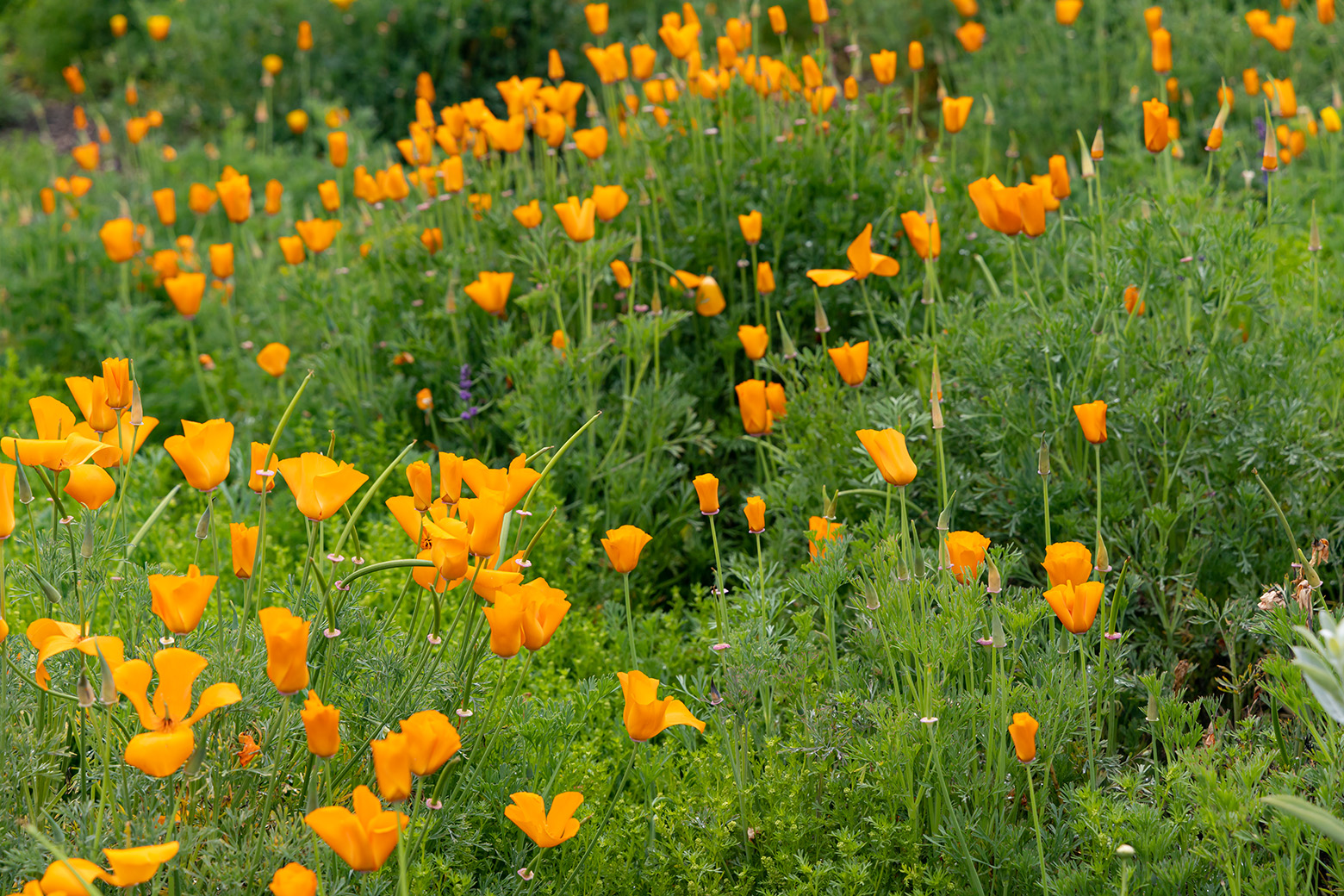
Spanning over 18 acres, the preserve features a variety of gardens, including the California Garden, the Chilean Garden, and the Citizen of the Year Grove. Each garden is designed to showcase the beauty and diversity of plant life in the region.
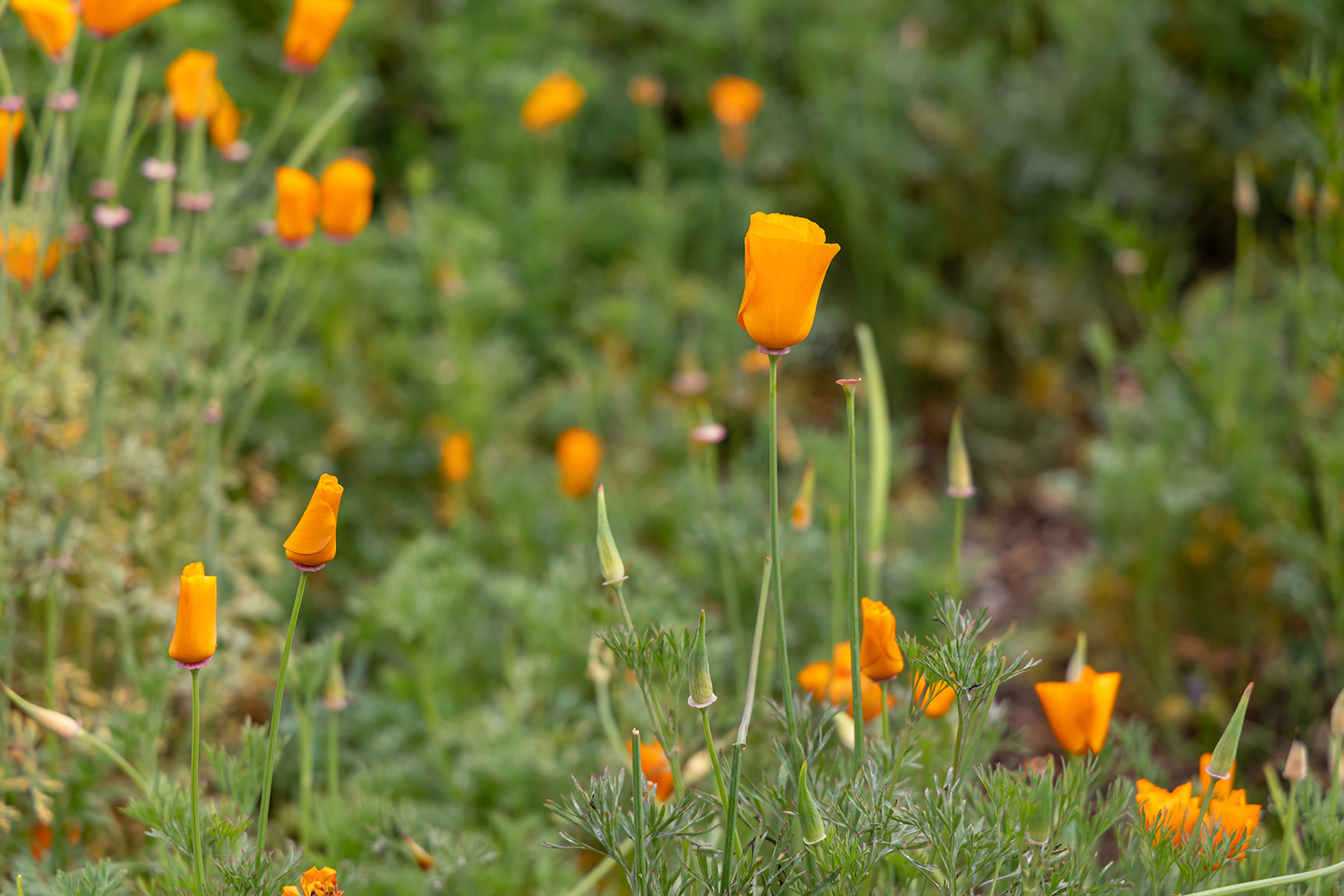
The Niguel Botanical Preserve’s California Garden is a prime attraction, exhibiting one of the largest collections of California’s native plants in the state. Visitors can savor a peaceful walk along the garden’s winding paths, taking in the stunning blooms of Verbena, California Fuchsia, Penstemon, and Salvias.
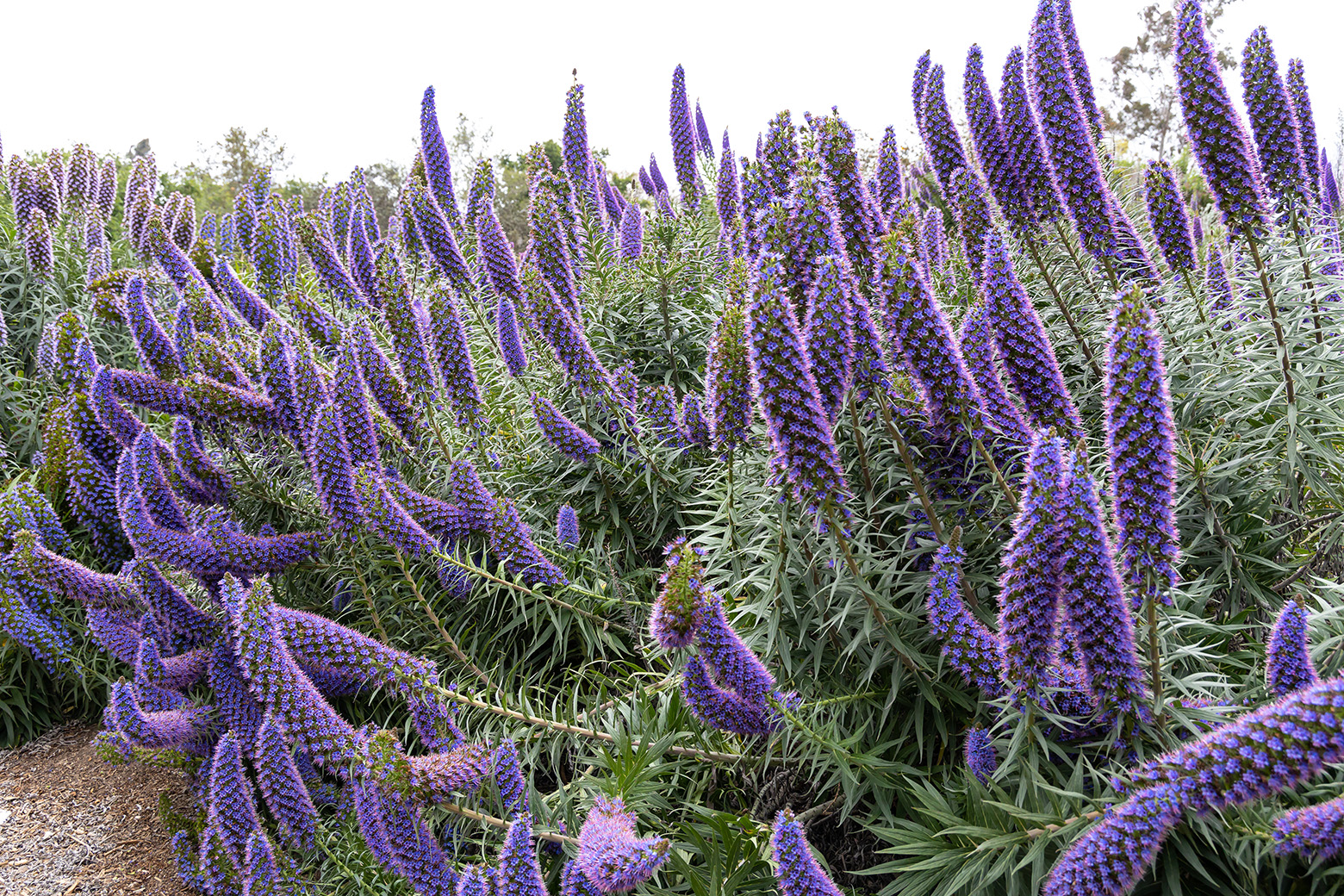
The garden also showcases a variety of oak species, including Coast Live, Canyon, Blue, and Nutall’s Scrub. With over 5,500 plant species, the California Garden is a unique representation of the state’s biodiversity, surpassing any other state in the US. California’s exclusive topography and Mediterranean climate are the primary contributors to this diversity, with roughly one-third of the species being endemic, and the other third being rare, threatened, or endangered.
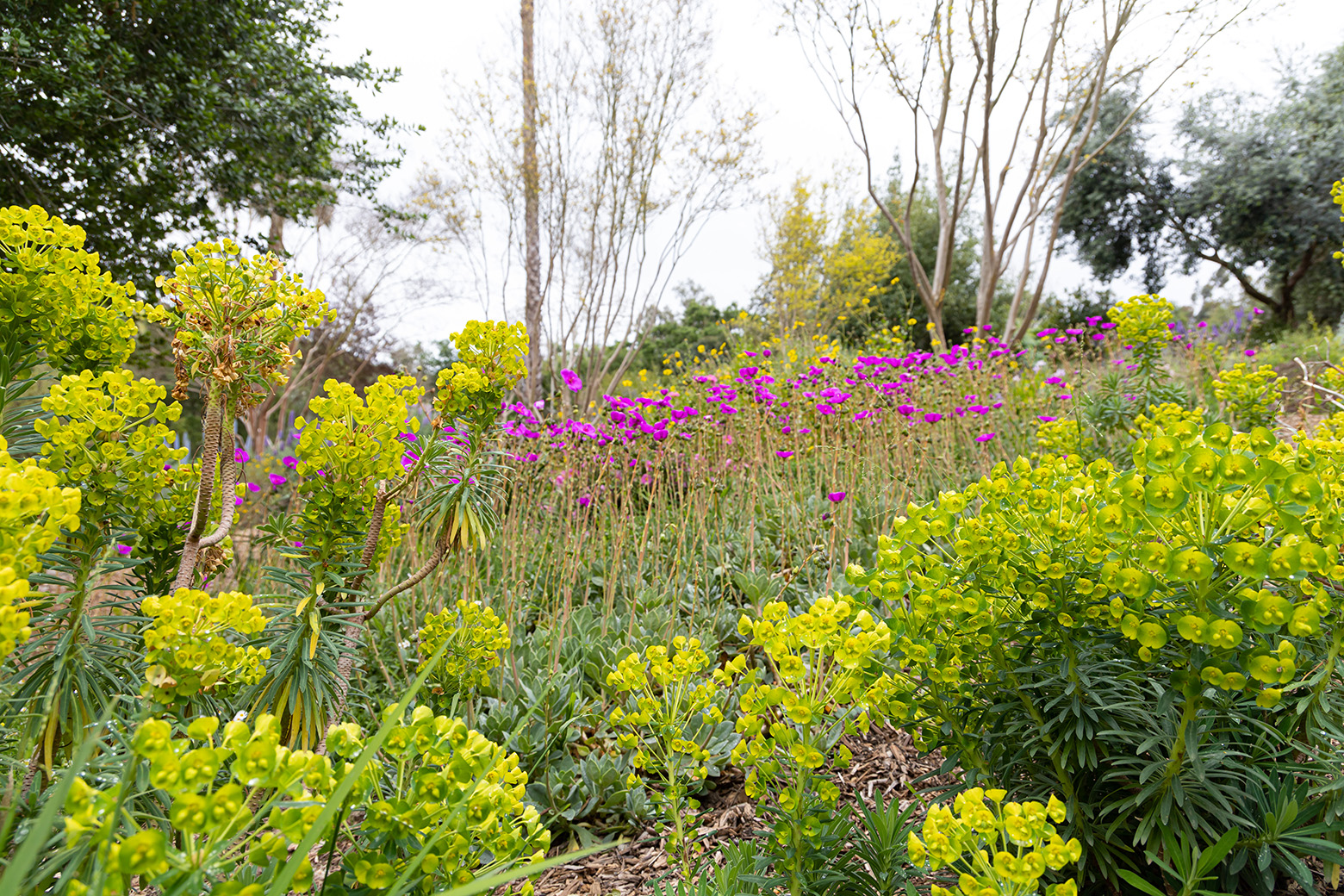
The garden was designed in 2012 by Peter Evans on a wild hillside without any designated paths, and it was constructed in stages, with the initial phase inaugurated on Earth Day 2012. Subsequently, additional sections were added in the following years, with the final section, “Nancy’s Garden,” named in honor of Nancy Palmer, a proponent of native plants who assisted in the early plantings of the Niguel Botanical Preserve.
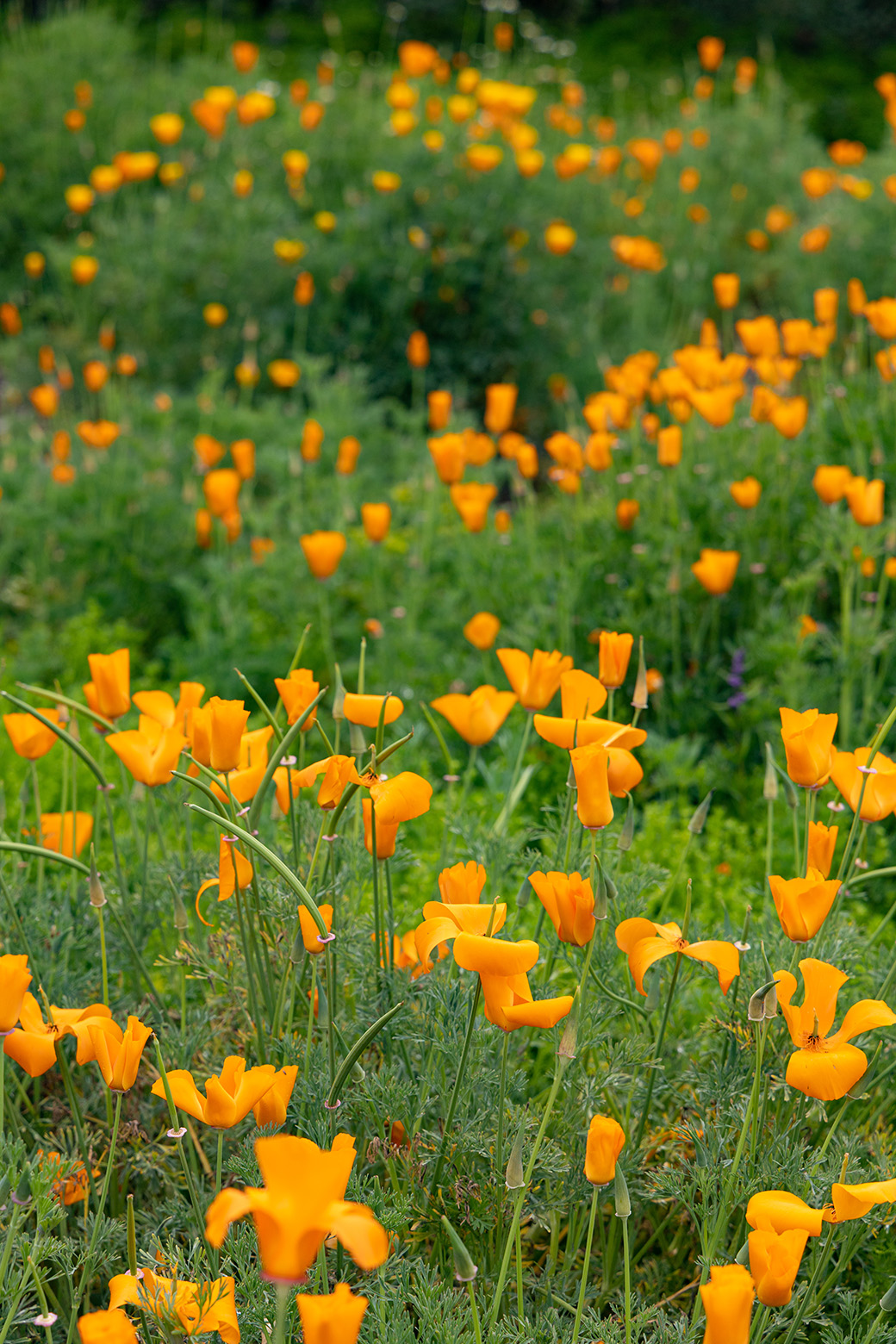
The California Garden showcases plant species primarily from the Coastal Sage Scrub and Chaparral communities, with a special area dedicated to the Channel Islands’ plants. The garden features eight oak species and two hybrids, along with a grassland exhibiting four species, including California’s official state grass, the Purple Three Awn.
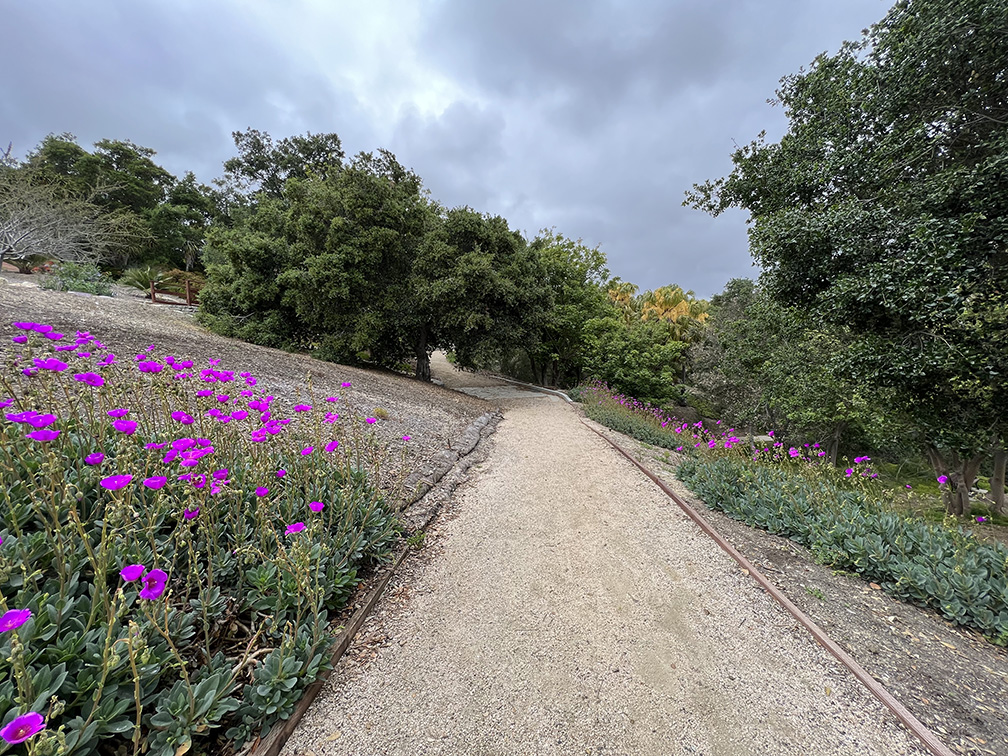
Another must-see garden in the preserve is the Chilean Garden, one of the largest Mediterranean Chilean plant collections in North America. Created in 2017, this garden features a variety of Chilean specimens endemic to the coastal regions of Chile. Visitors can admire the stunning blooms of the Chilean Potato Vine, Soap Bark Tree, and Chilean Pitcher Sage, among others.
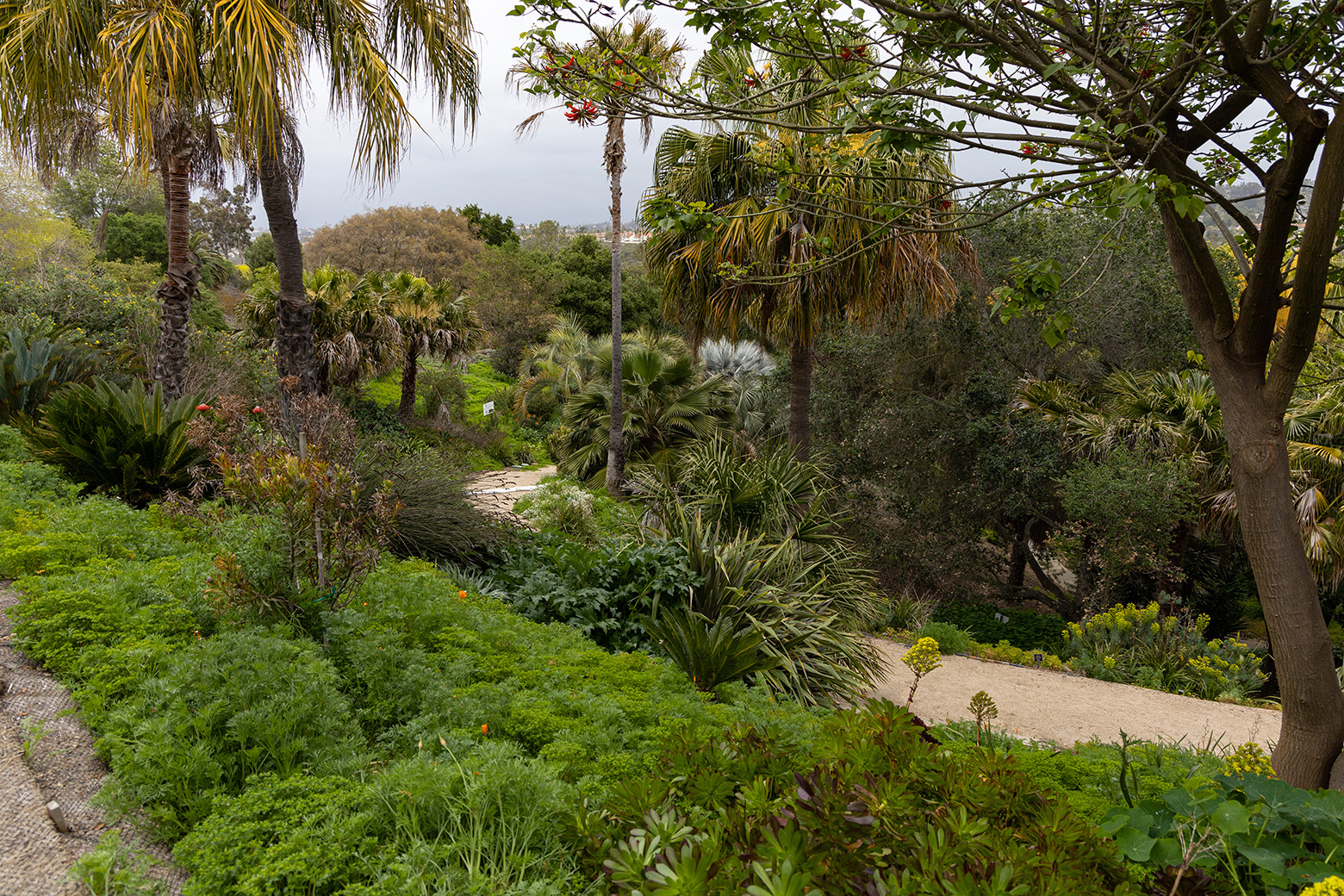
But the Niguel Botanical Preserve isn’t just a pretty place to visit – it’s also an important resource for education and conservation. The preserve offers a variety of educational programs and events throughout the year, including guided tours, workshops, and lectures. Visitors can learn about the importance of preserving native plant species and the role plants play in the ecosystem.
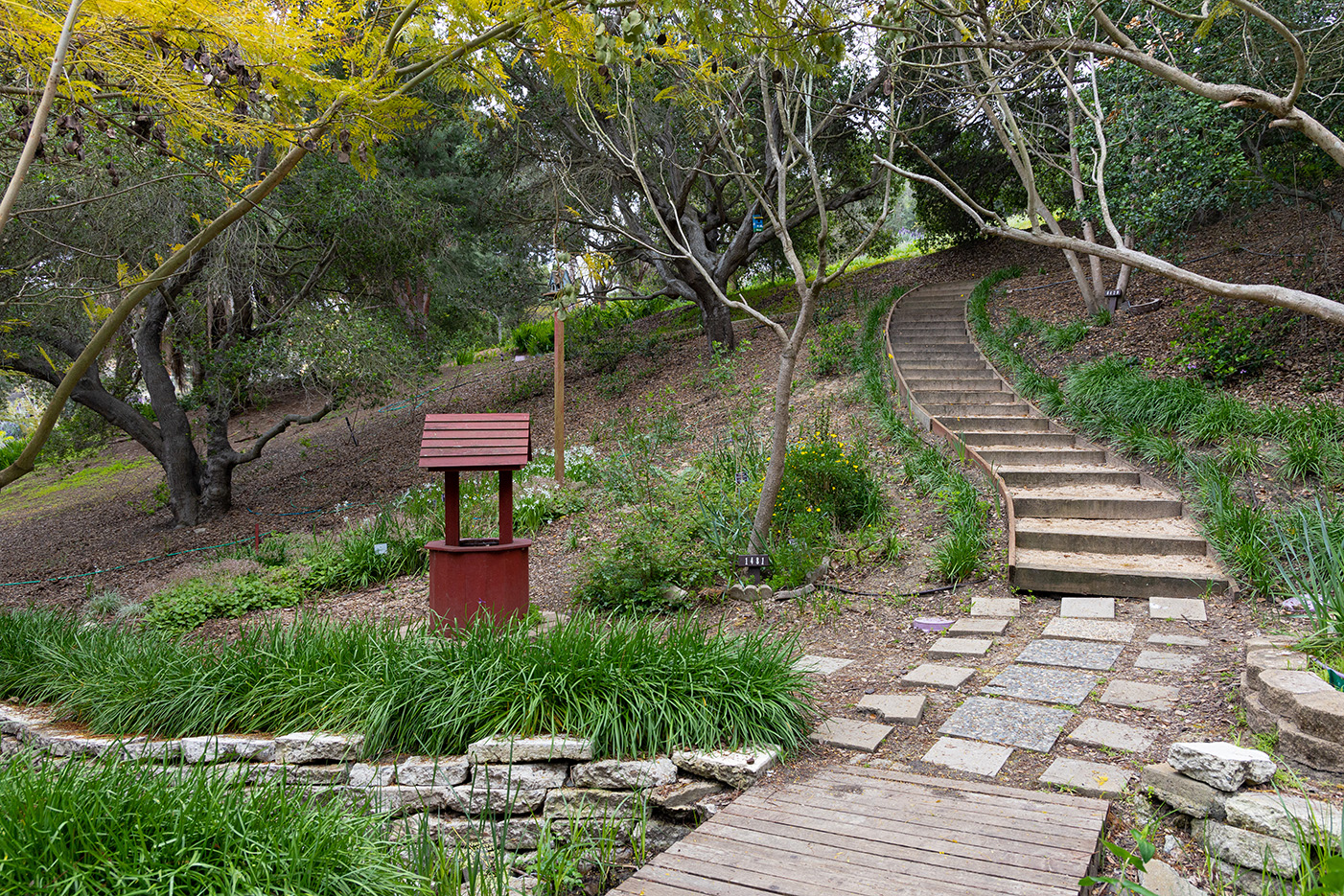
Initially designed in the 1980s to complement the existing Eucalyptus trees, the Australian Garden at the Preserve is a magnificent display of some of the oldest plants found on the Preserve. Over time, the Friends of the Preserve have continuously improved this garden by adding unique specimens, trees, and new pathways.
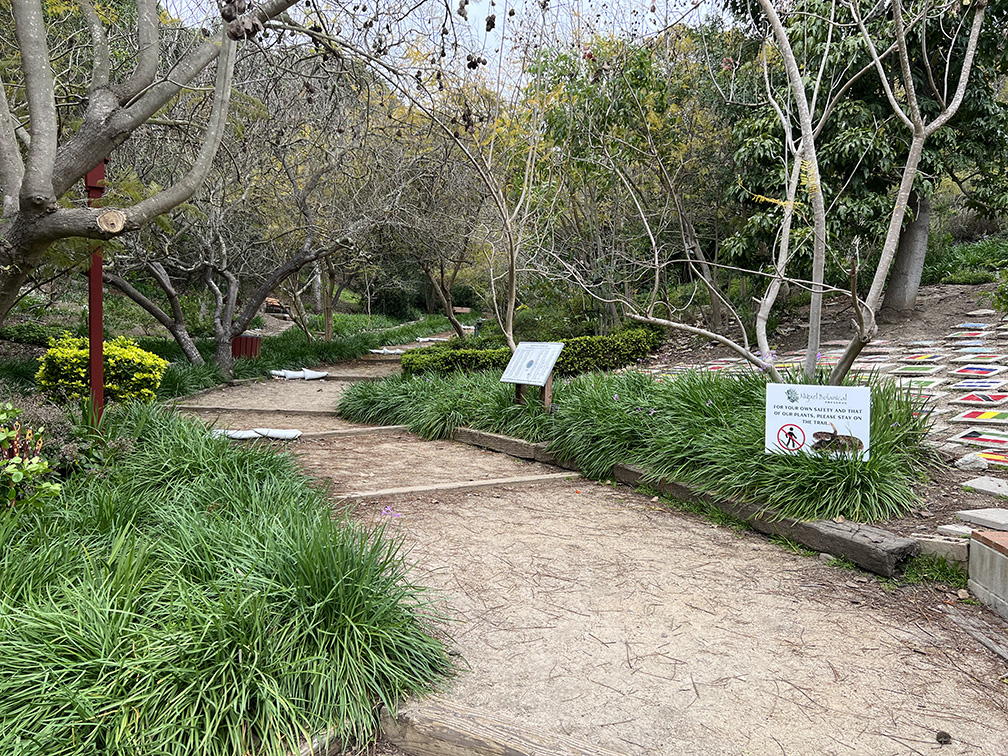
The garden mostly reflects the Mallee scrub, which dominates plant materials in two regions of Australia, Southwest Western Australia and South Australia around Adelaide. This scrub is characterized by fragrant, evergreen shrubs of the genus Eucalyptus, which are closely related to Australian forest species.
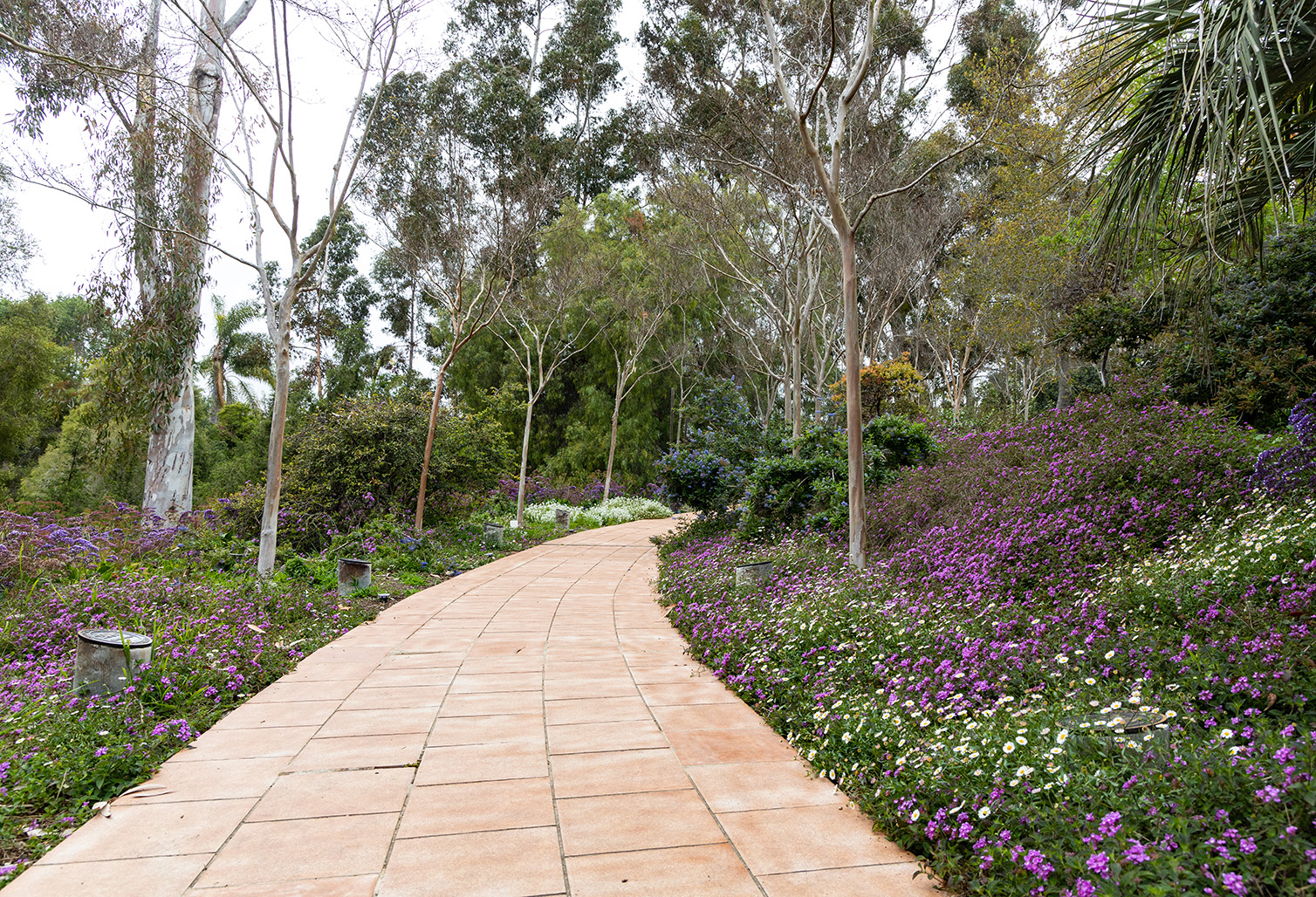
The Australian Garden features a variety of plants, including Grevillea, Banksia, Brachychiton, Melaleuca, Acacia, Hakea, and Callistemon, as well as numerous rare species exclusive to the Mediterranean areas of the Australian continent. The garden is situated on a hillside, running along the service road, and is divided into two sections: the Australian Forest and the sunnier upslope with more of the flowering specimens. Notable plants in the garden include the Brachychiton rupestris, also known as the narrow-leaved bottle tree, and the Acacia cognata, or Acacia “Cousin Itt.” Both can be found along Banksia Walkabout and lower Wollemi Walk, respectively.
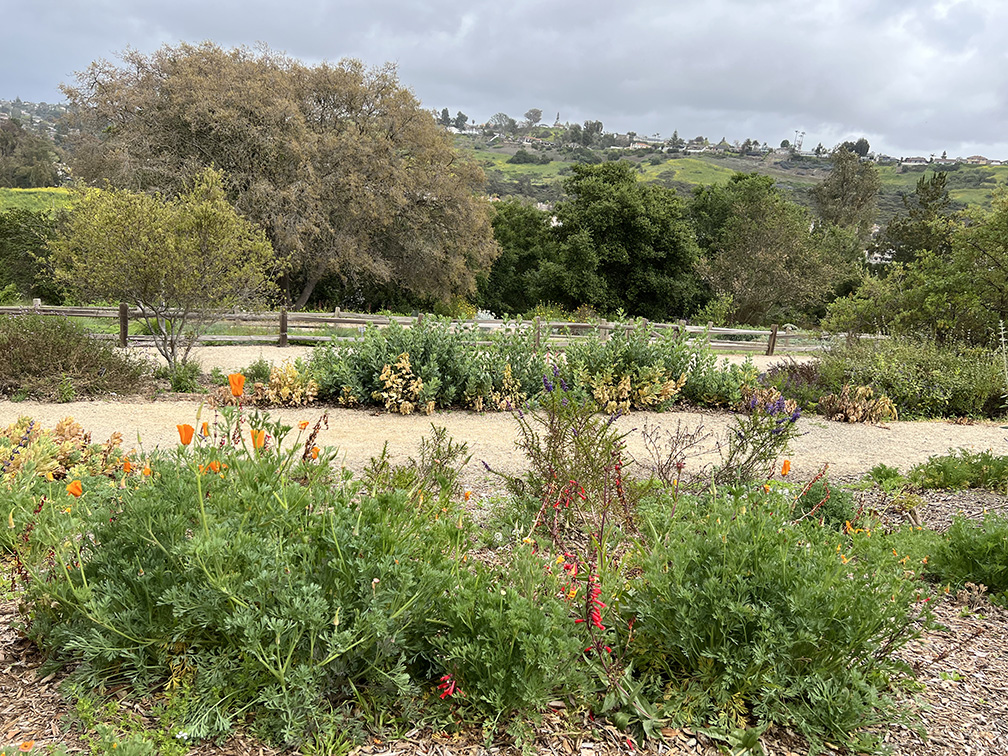
The Trail to Eagle, created in April 2001 by Dennis Mulvaney, is a trail that showcases the achievements of the Boy Scouts of America. The trail features Eagle and community service projects completed by various Scout Troops, Cub Packs, Order of the Arrow, Varsity, and Venturing Units. It begins with an entry “Gateway” that leads to the Cub Scout section and ends with a bridge crossing into the Scouts BSA section, symbolizing the bridging from WEBOLOS into Scouts BSA.
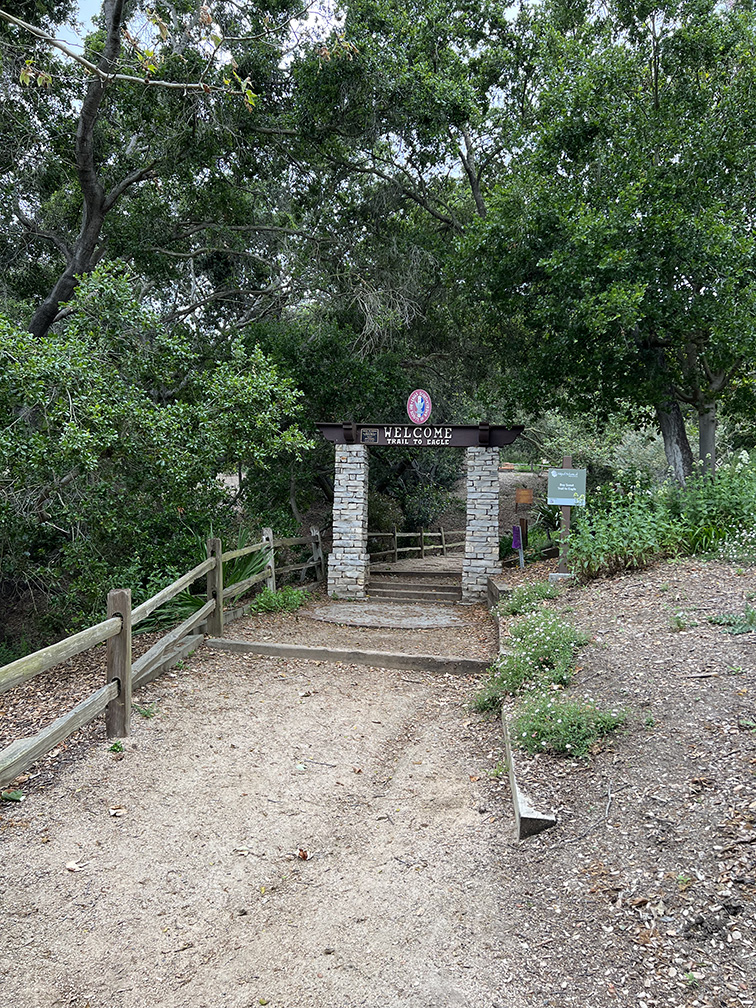
The trail is divided into two sections: the flat Cub Scout section that includes areas for Tigers, Bobcat, Wolf, Bear, and WEBOLOS, and the steeper Scouts BSA section that includes sections for Scout, Tenderfoot, Second Class, First Class, Star, Life, and Eagle. Each rank section depicts the rank badges themselves or major requirements during the rank.
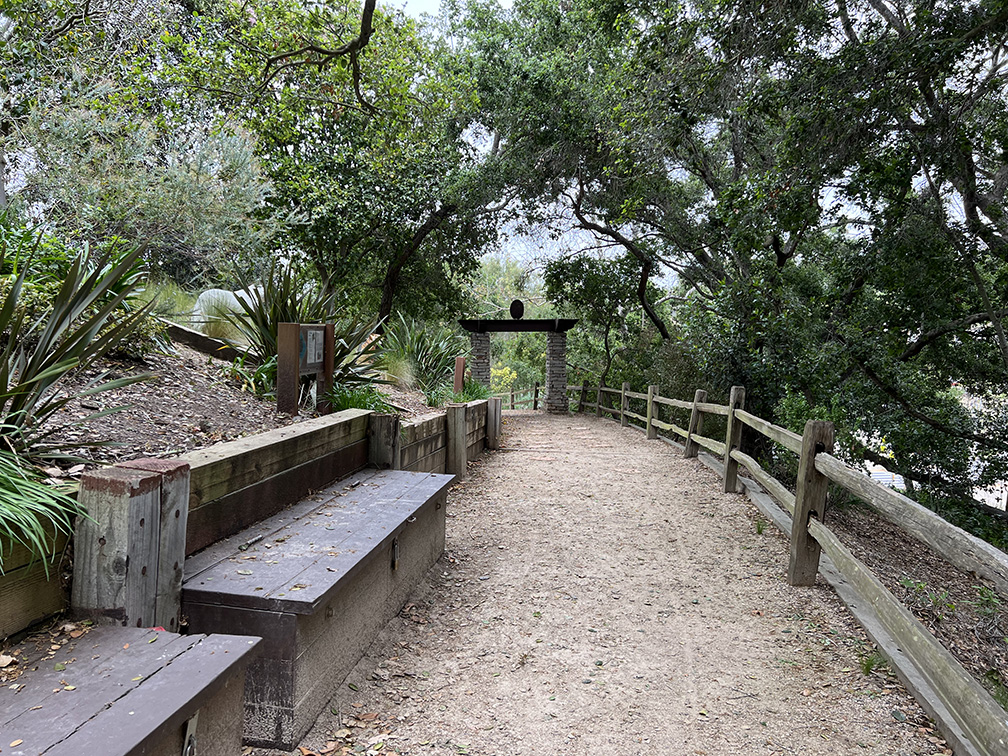
The trail includes 23 Eagle Projects, a Girl Scout Silver Award Project, and 24 total projects. Additionally, the trail includes trees planted as part of an Adopt-A-Tree Initiative to provide shade to the once-exposed hillside. The Trail to Eagle is a great place for Scouts to fulfill their Scout patches, merit badges, and Eagle Scout projects. It is a tribute to scouting and is part of Dennis Mulvaney’s Master Plan for the Preserve.
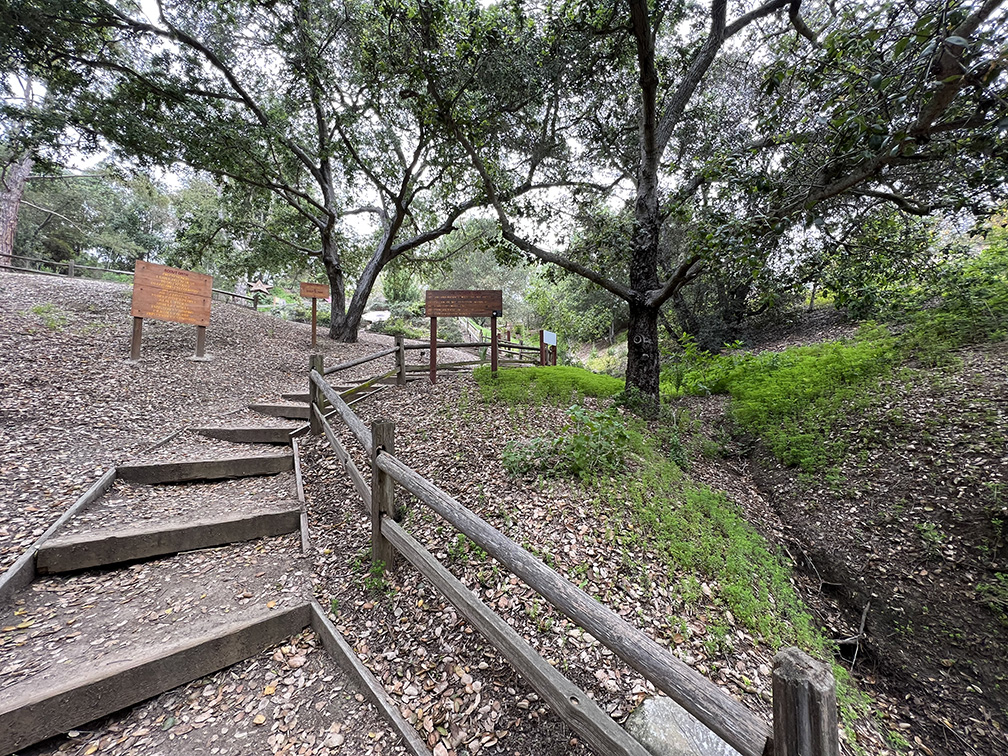
The Citizen of the Year Grove is a distinguished area that pays tribute to the exceptional voluntary contributions of those who have received the Laguna Niguel Citizen of the Year Award. Since its establishment in 1990 by various service organizations in Laguna Niguel, the award recognizes individuals who have devoted themselves to enhancing the community. The selection committee, consisting of previous award recipients, carefully selects the honoree each year based on nominations from local community members and organizations. A plaque, installed alongside a path that meanders through the Citizen of the Year Grove, acknowledges each recipient’s achievement.
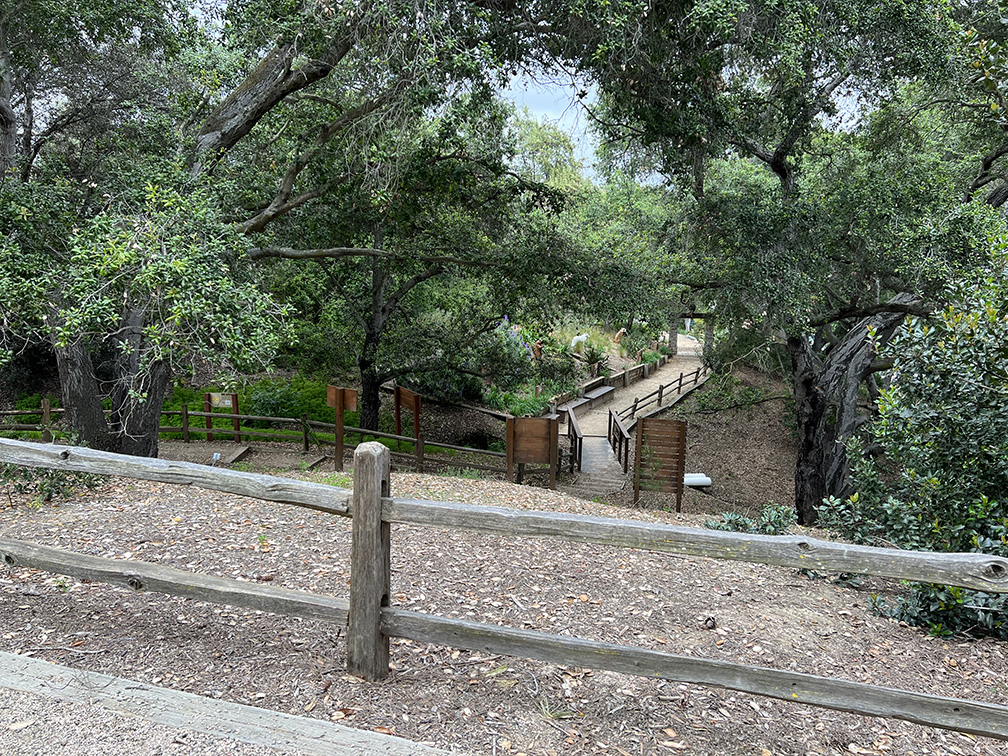
The Grove’s pathway features an elegant allée of Crape Myrtle Trees, specifically the “Natchez” variety, planted behind each plaque. The winding path leads to a breathtaking view of the Saddleback Mountains and the labyrinth. The groundcover consists of Santa Barbara Daisy and purple Lantana, intertwined with Sea Lavender and Ceanothus, adding to the Grove’s aesthetic beauty. While the lower blooms are at their peak during the early spring to early summer, the Crape Myrtle Trees’ impressive display of blossoms is evident from mid-summer to early fall.
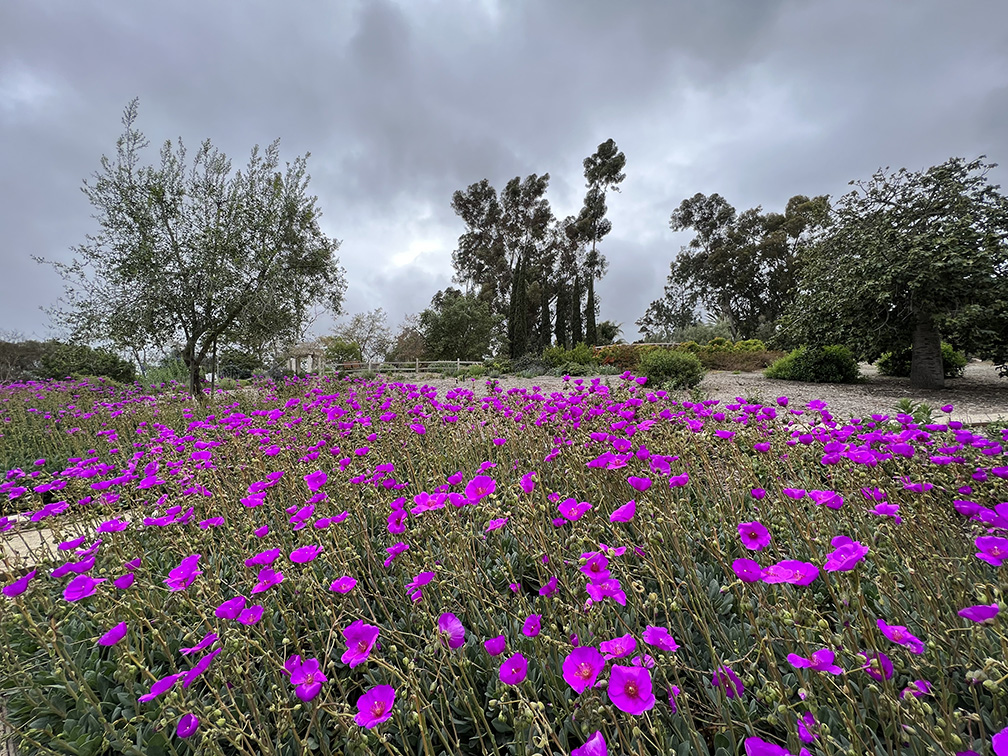
The Chilean Garden, situated in an area of the Niguel Botanical Preserve that was previously covered with invasive Crown Daisy wildflowers, offers a diverse collection of Mediterranean Chilean plants. Before 2016, the area was subject to frequent seasonal maintenance to remove dead flower stalks. Donnie Walton, the Greenhouse Manager, initiated the planting of Chilean plants in the area by cultivating them from seed and small 4-inch specimens. Since there was a limited availability of Chilean plants in local nurseries, Donnie had to search the internet to start the collection. In early 2017, pathways were established to connect to existing trails in the Niguel Botanical Preserve, and the Chilean plants were installed on Earth Day of that year.
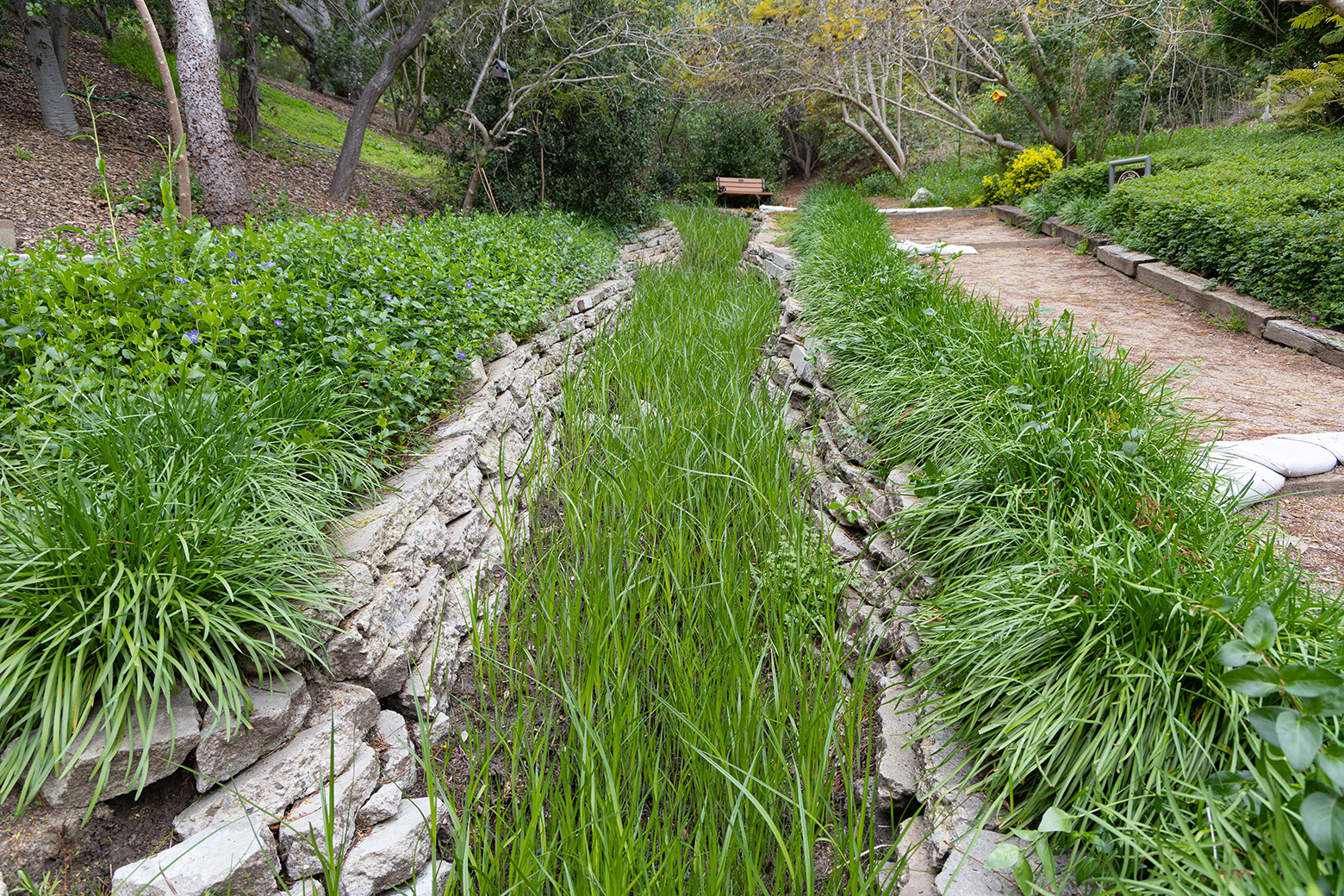
The garden now boasts an extensive array of flowering trees, bushes, and succulents and has become one of the most extensive collections of Mediterranean Chilean plants in North America. The garden also features mature trees from Australia that were preserved for their shade and maturity. The dry creek bed and bridge were constructed in the fall of 2017 to address erosion caused by winter rains.
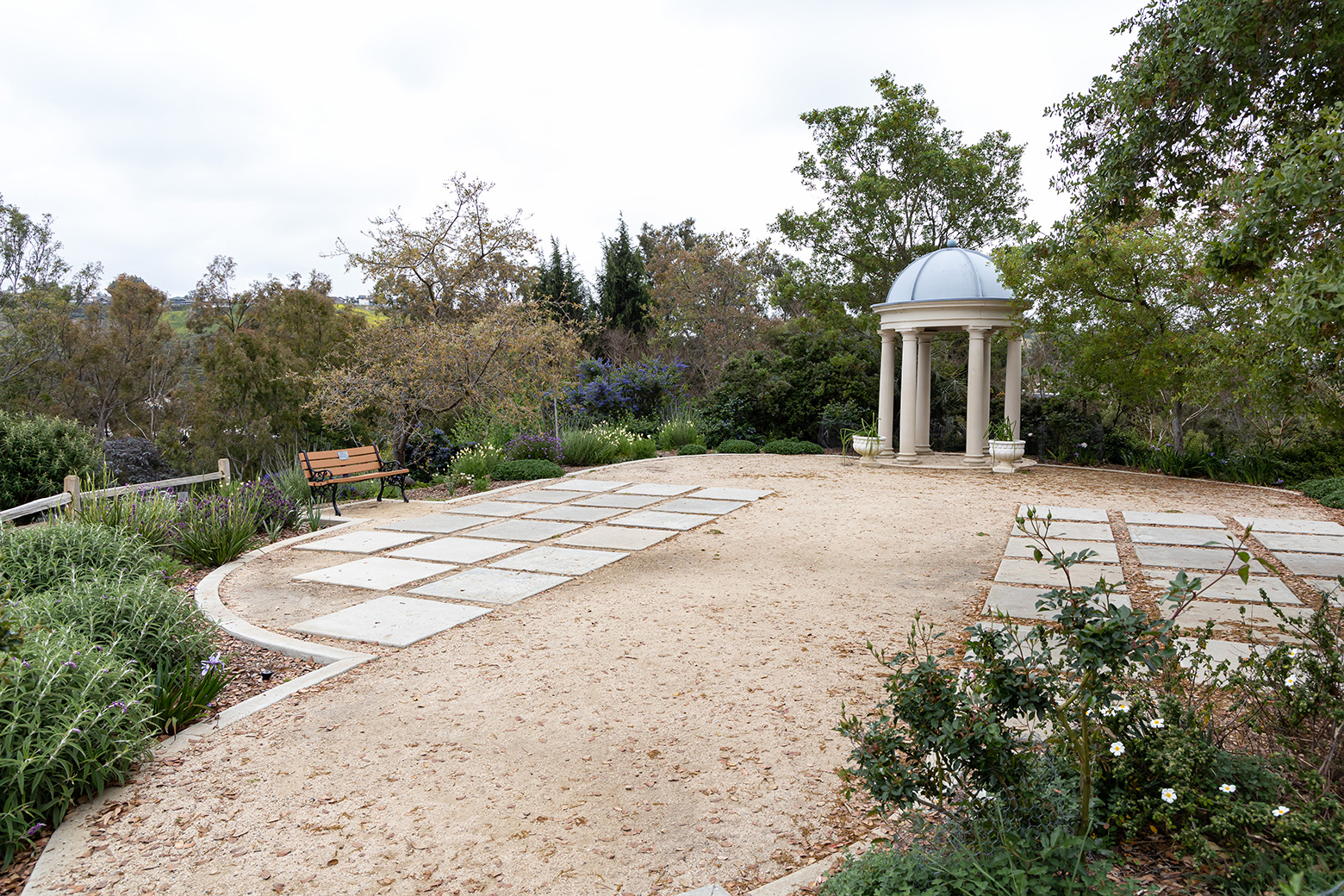
The Chilean Garden’s unique collection of plants adds to the beauty of the botanical preserve. Many of these plants bloom in the summer heat, making them stand out from other gardens. For example, Solanum crispum, commonly known as the Chilean Potato Vine, blooms abundantly in the summer and can be found along the dry creek bed.
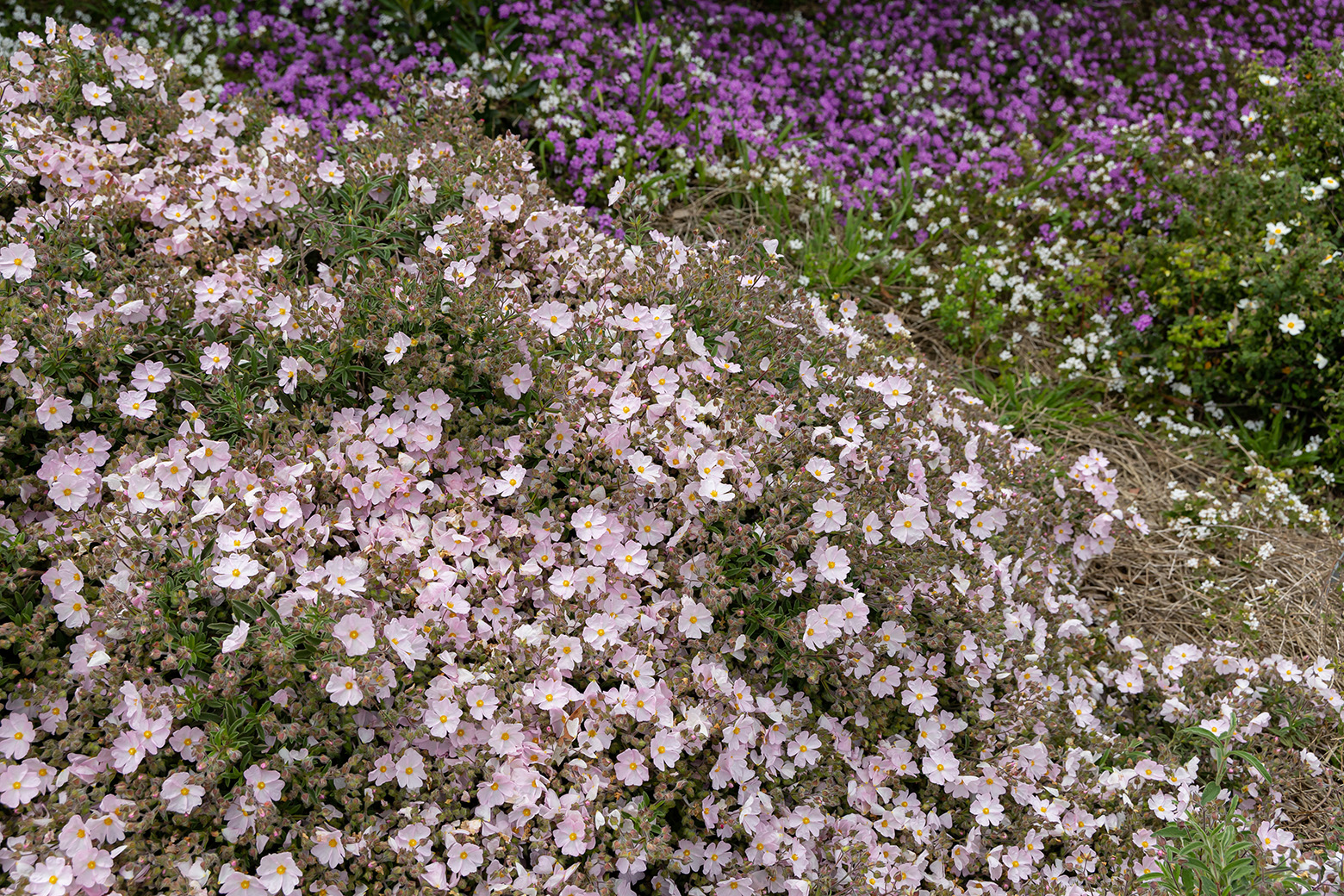
Additionally, Chilean Pitcher Sage, or Lepechinia salvia, flourishes along Grandiflora Path, while the Soap Bark Tree, or Quillaja Saponaria, along Palm Canyon Pathway, has been used medicinally by the Andean people for centuries and has recently been employed to develop vaccines worldwide. The Chilean Garden is continually evolving, with new specimens added throughout the year, making it a captivating and ever-changing part of the Niguel Botanical Preserve.
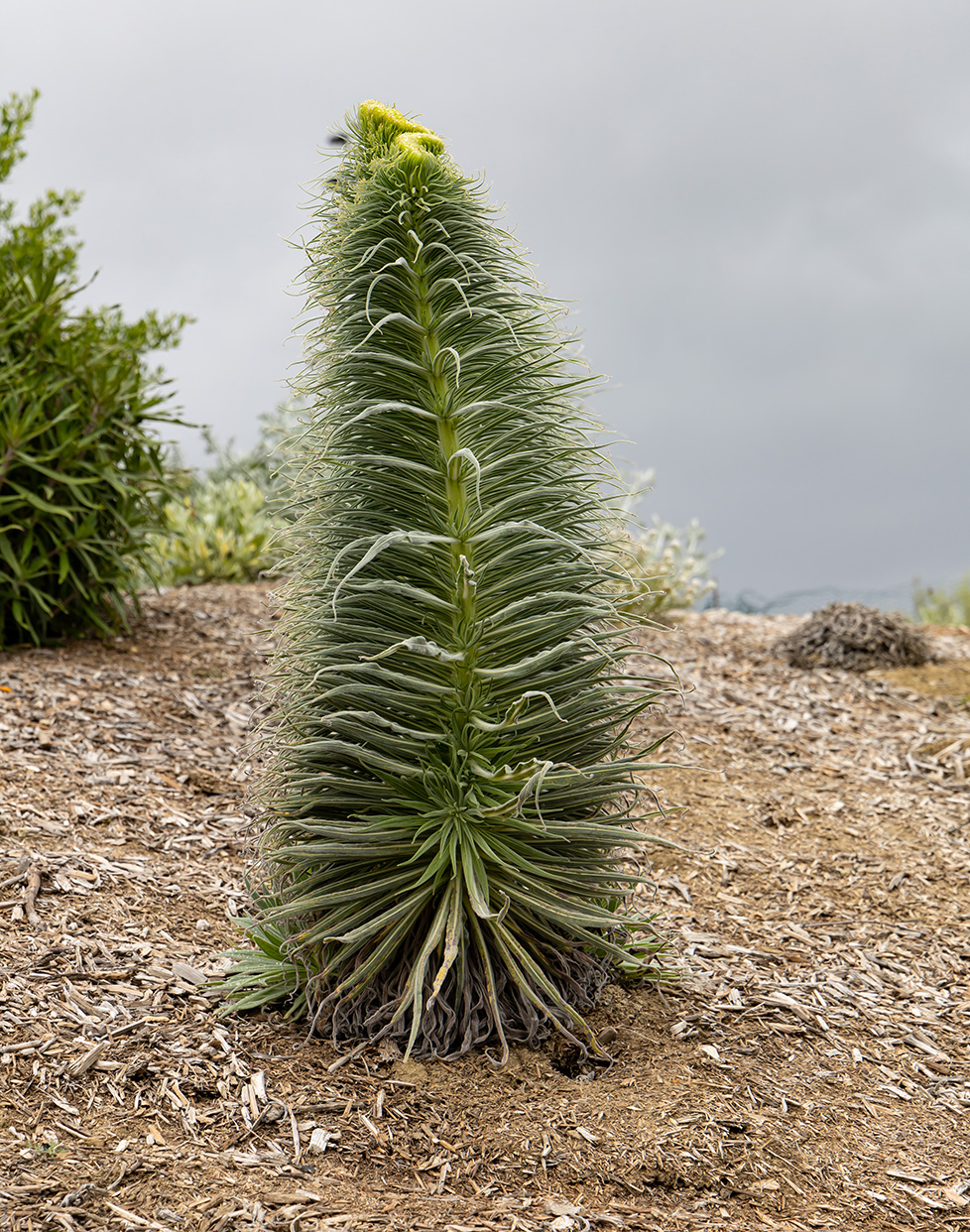
The Niguel Botanical Preserve not only offers educational programs but also serves as a research hub for plant life in Southern California. The vast collection of native plants at the preserve is a valuable resource for researchers and scientists.
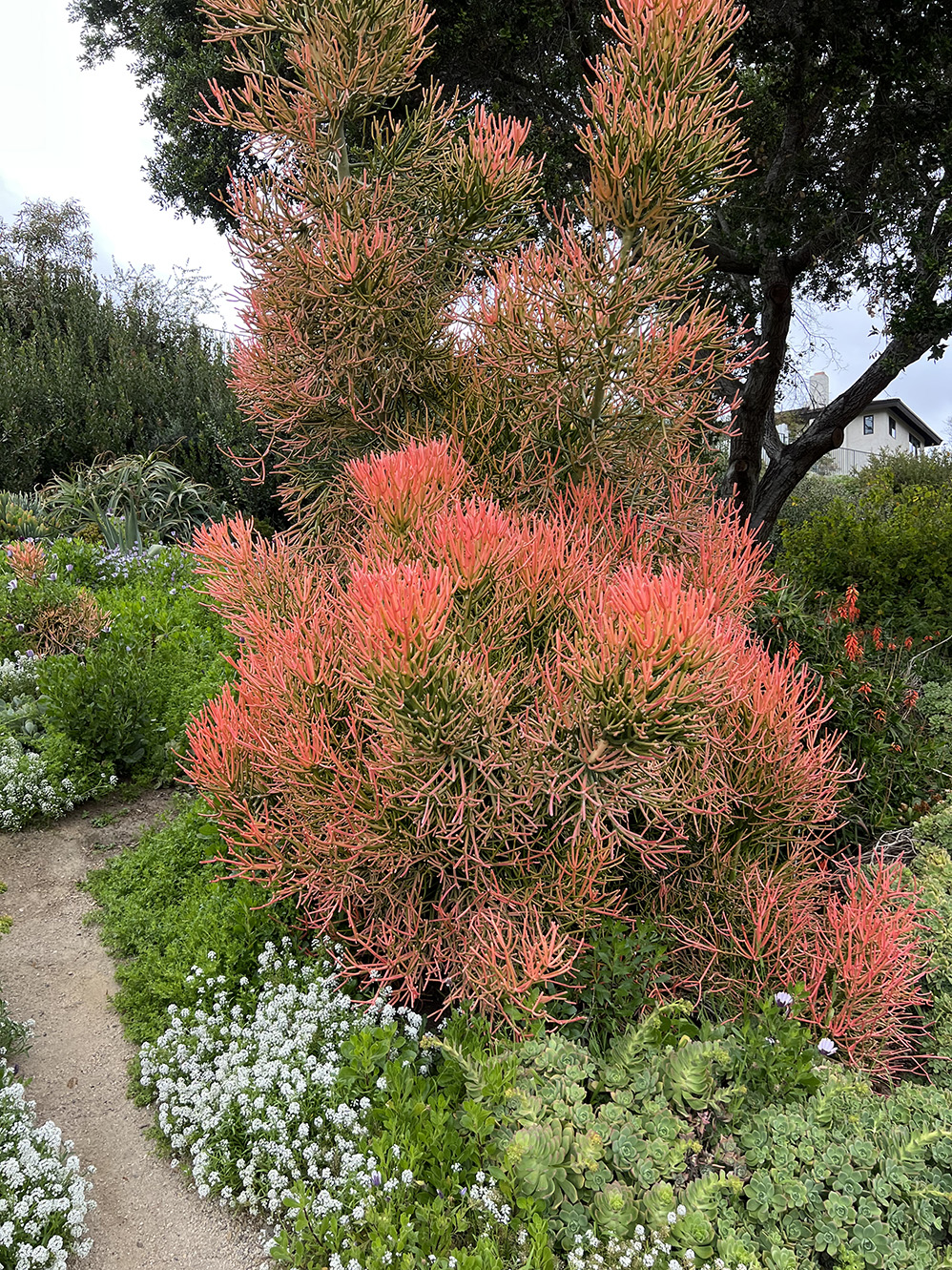
The preserve, originally established in 1981 as a community vegetable garden, became a nonprofit corporation in 1984. The Friends of the Preserve, a group of volunteers, have been actively contributing to the preserve’s ongoing development efforts in partnership with the city of Laguna Niguel. It is open to the public every day of the year, from sunrise to sunset, and self-guided tours are available for free.
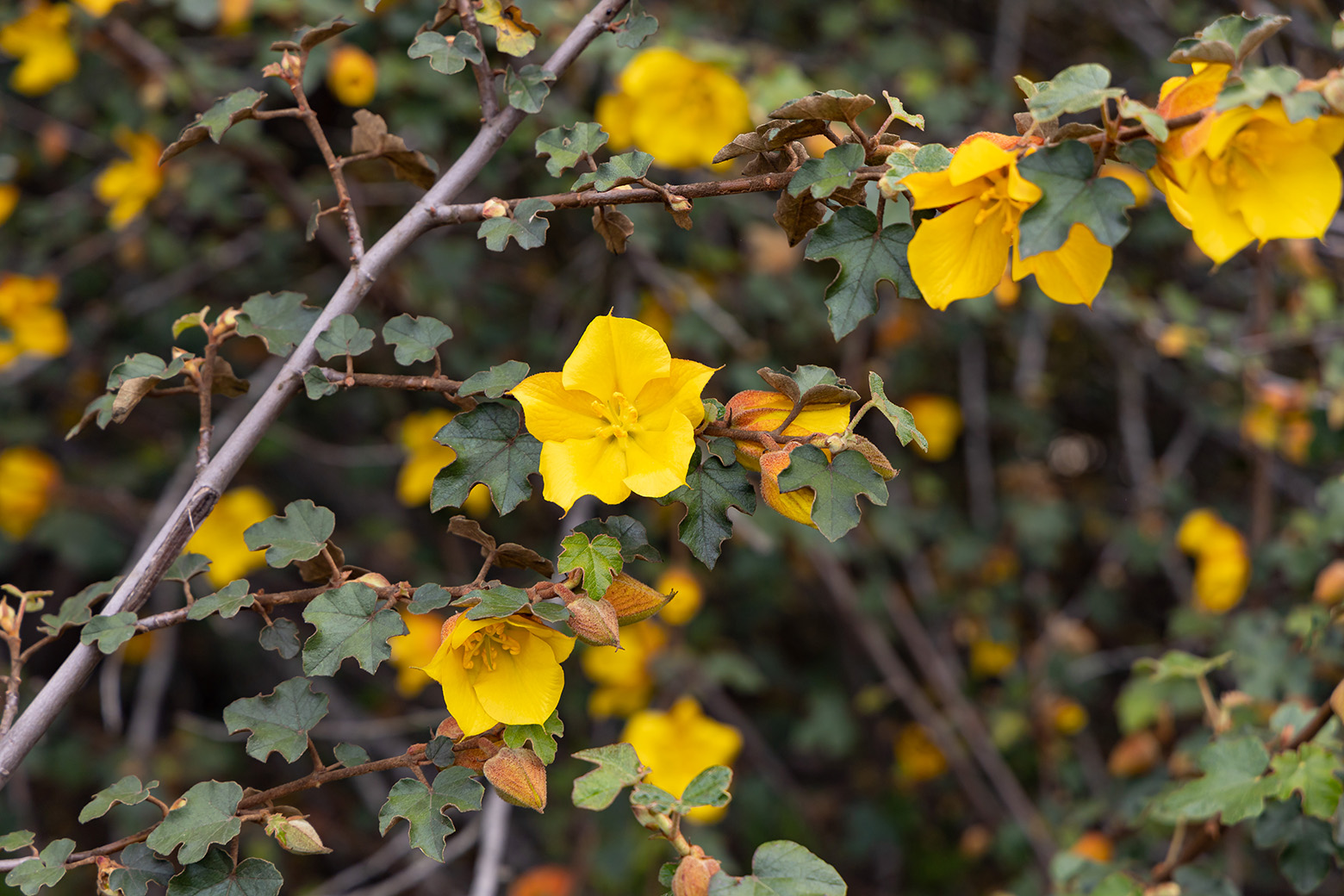
Members can take advantage of annual guided tours at no cost. The Niguel Botanical Preserve is located at 29751 Crown Valley Parkway, Laguna Niguel, CA 92677, between I-5 (Santa Ana Fwy) and Pacific Coast Hwy on Crown Valley Parkway, just above Crown Valley Park in Laguna Niguel.
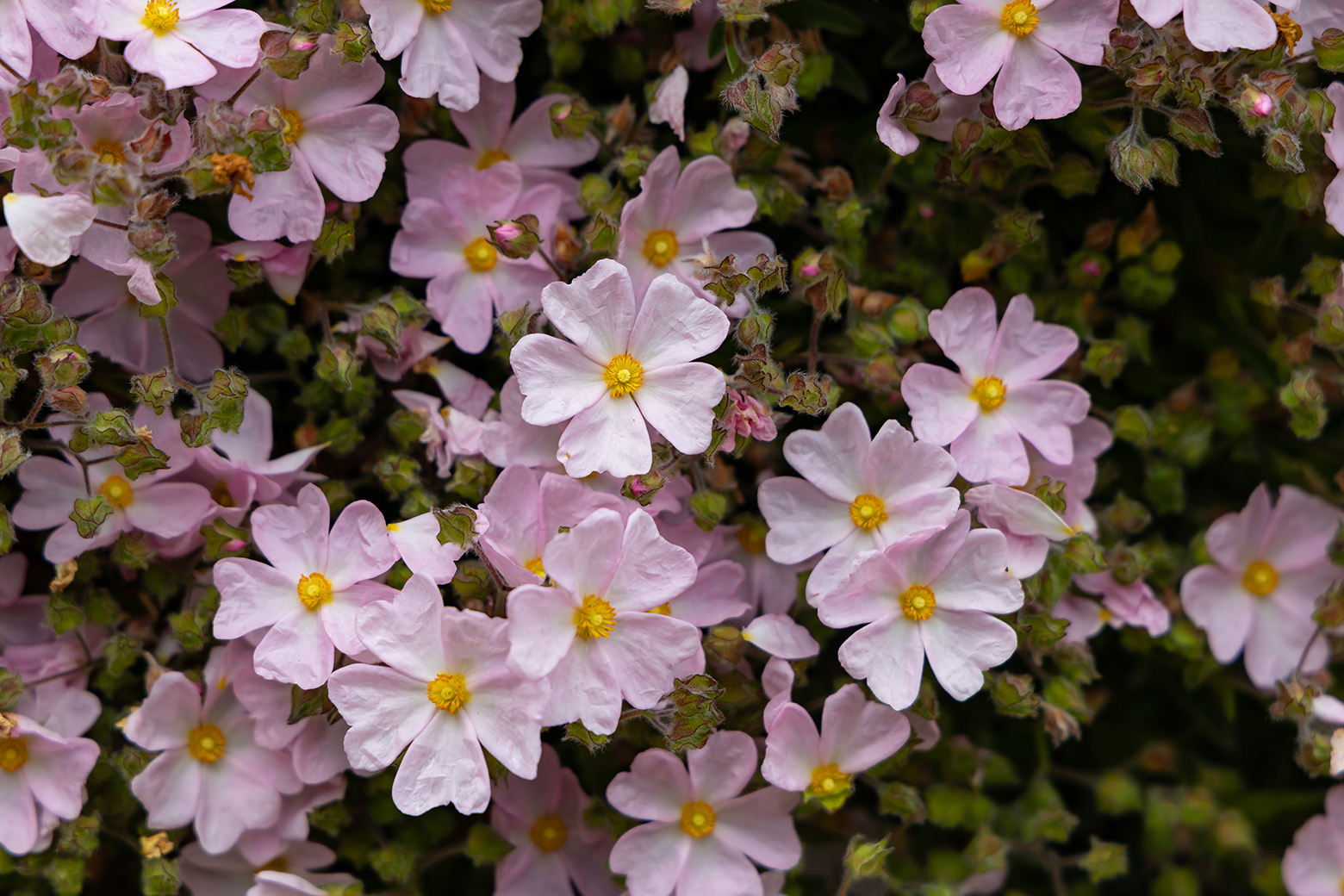
In short, the preserve is a unique destination in Orange County, offering a serene environment, educational programs, and a commitment to conservation and research for those interested in the diversity and beauty of Southern California’s native plants.
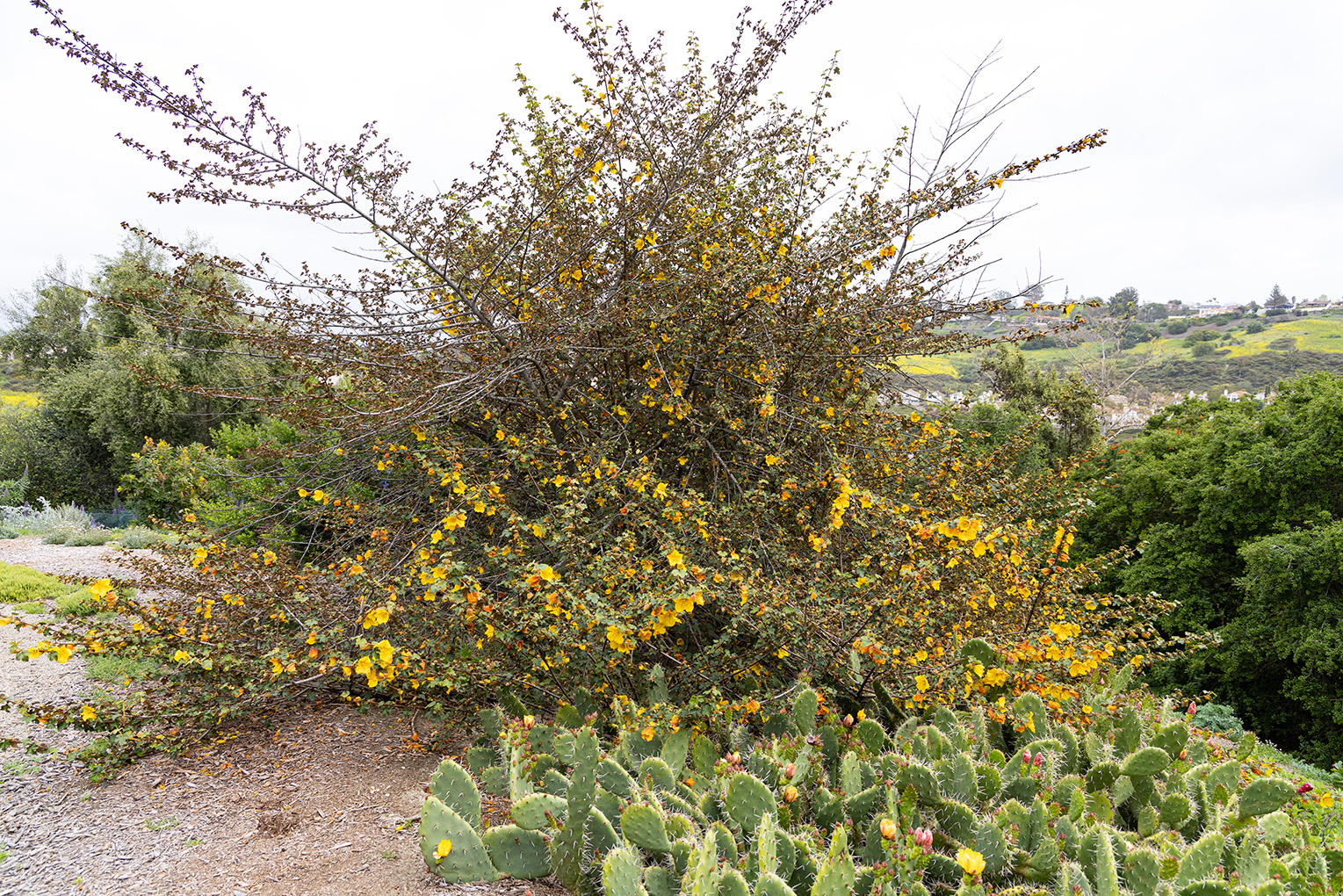

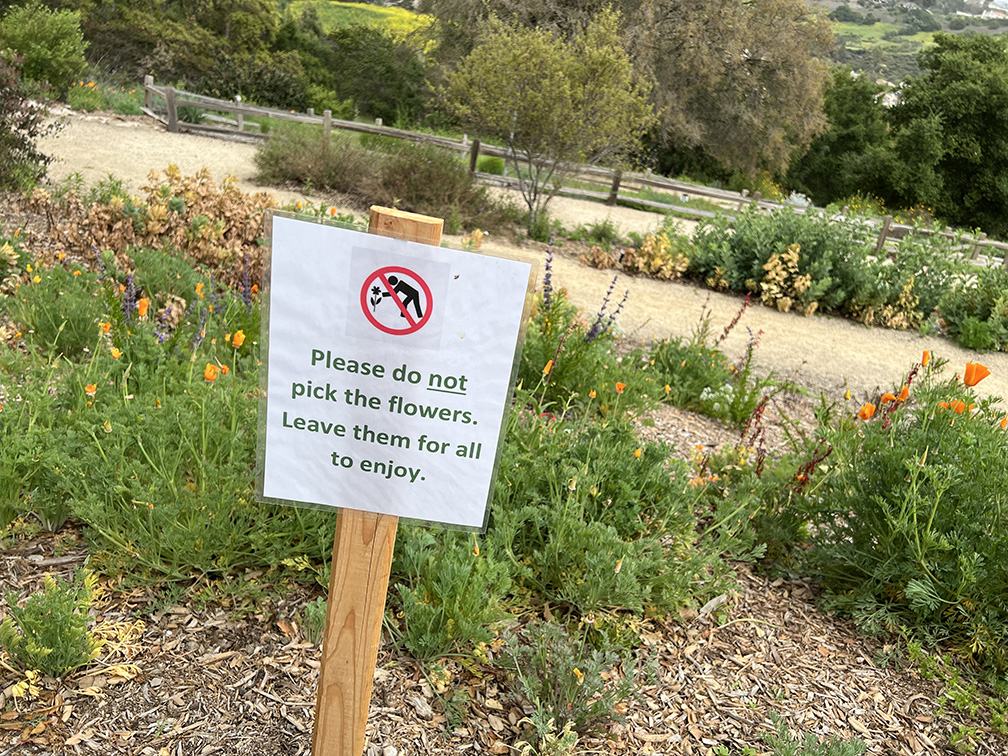
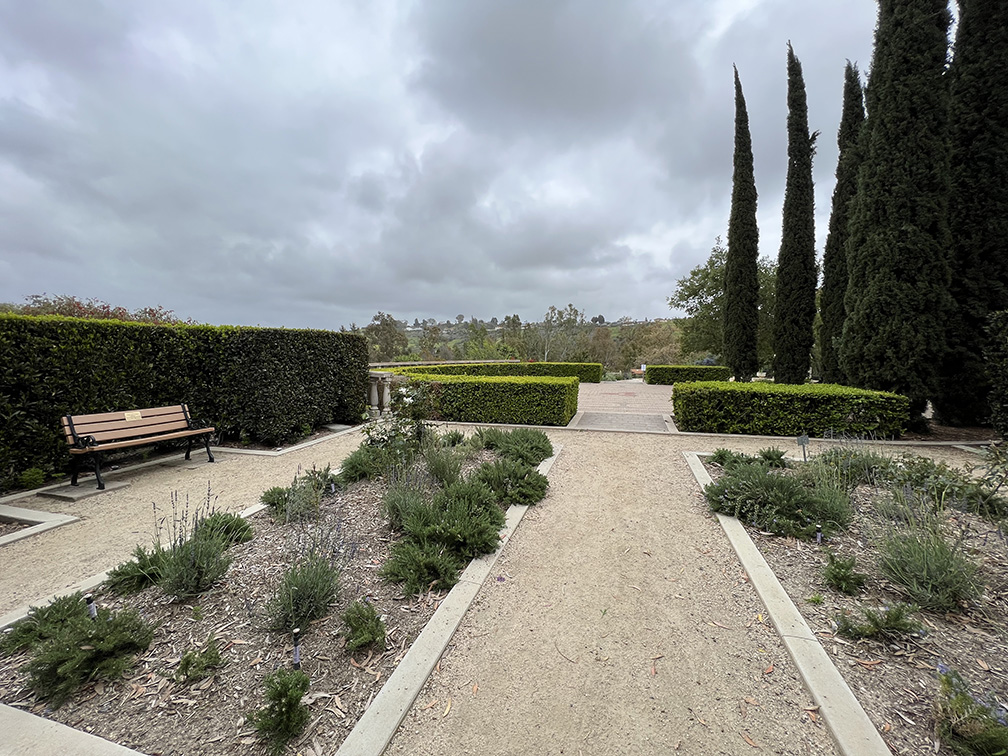
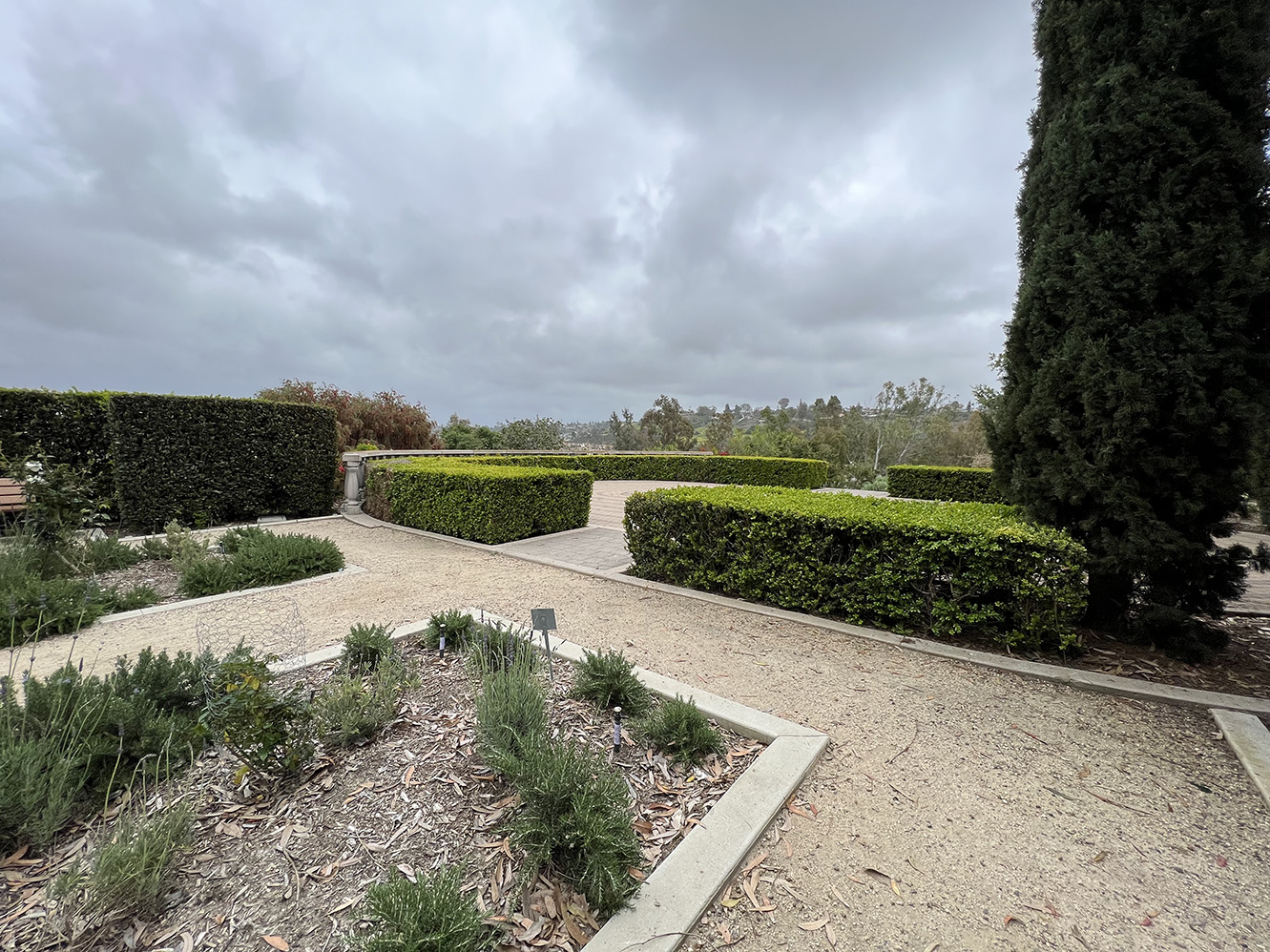
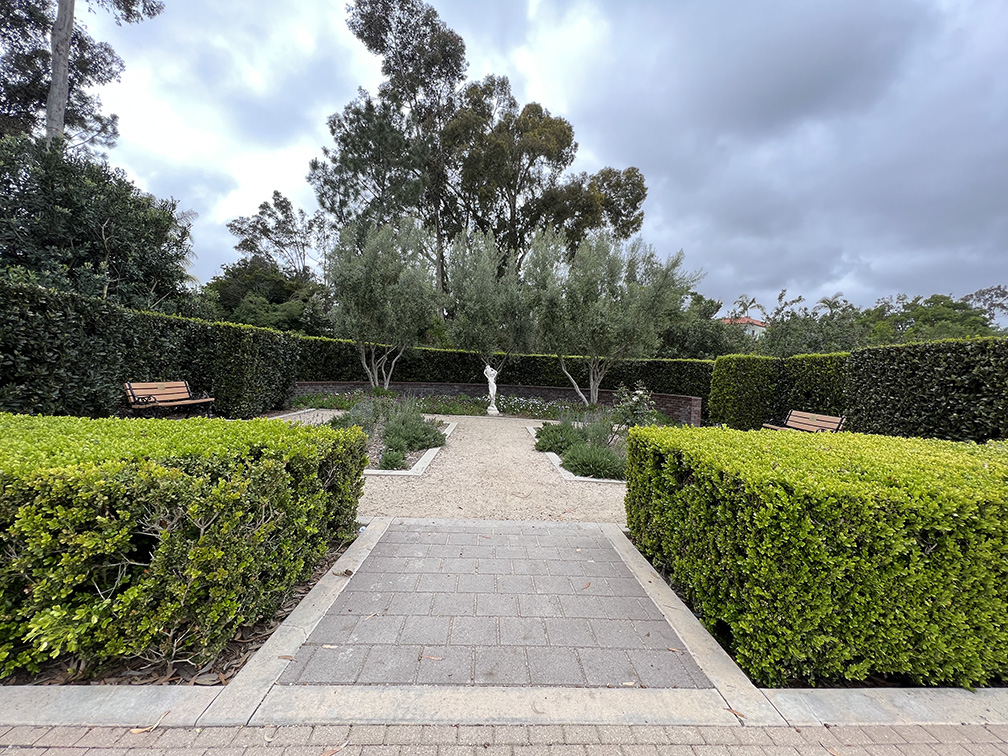
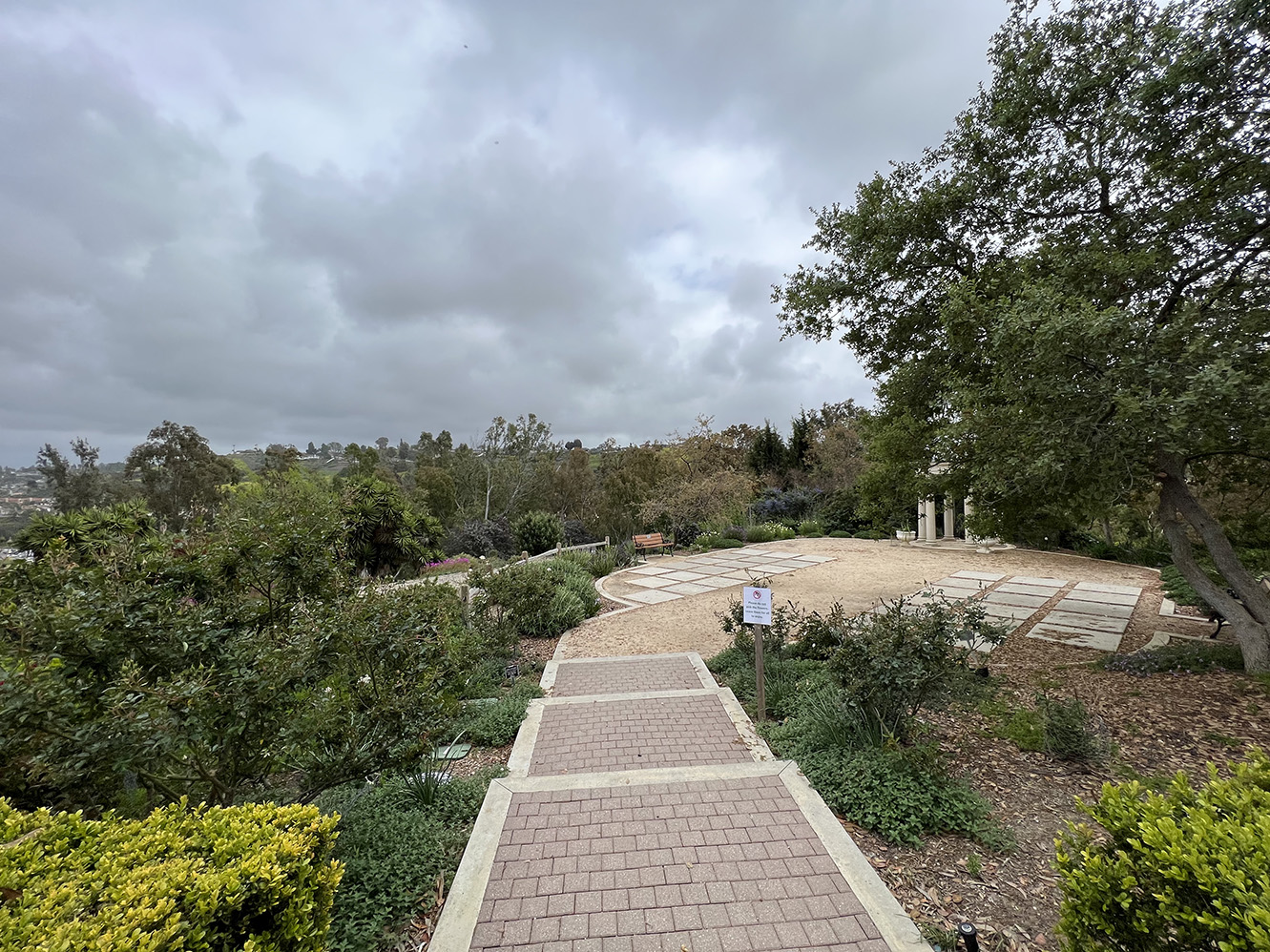
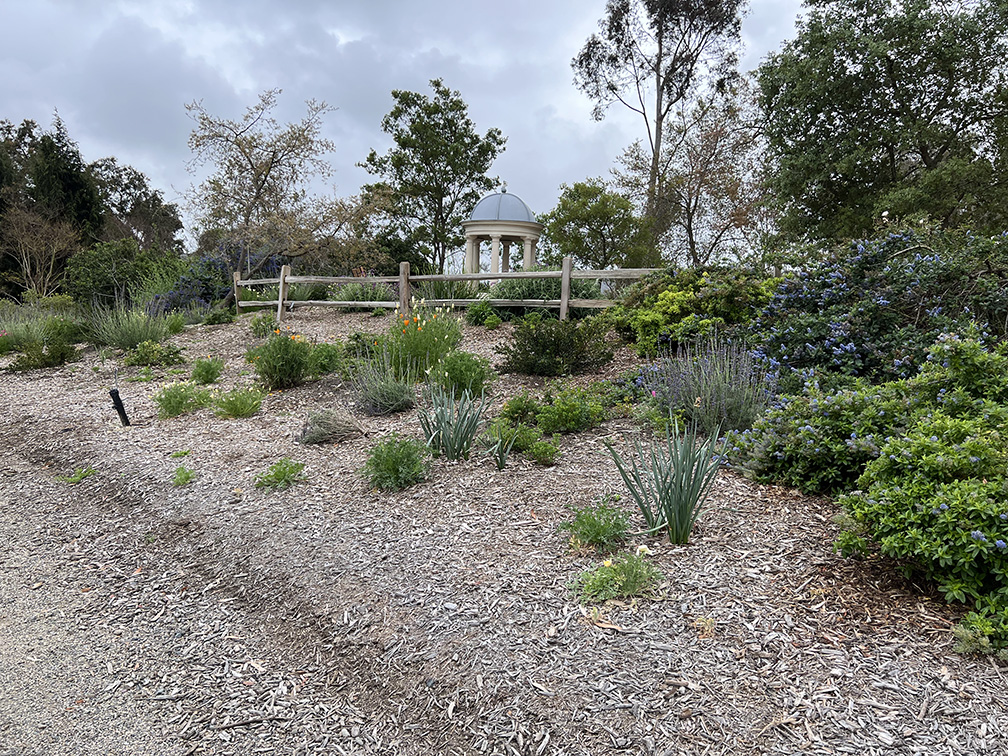


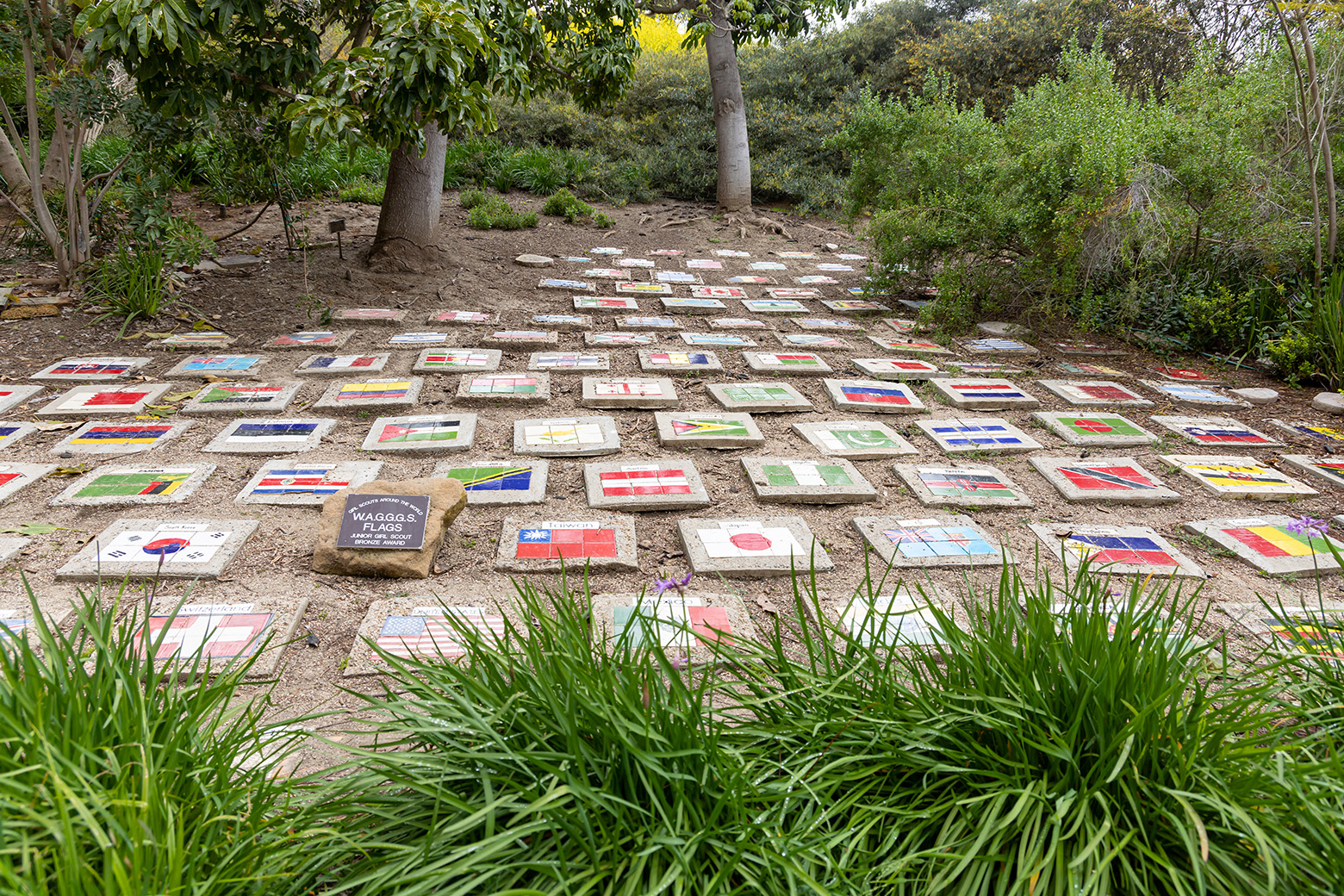
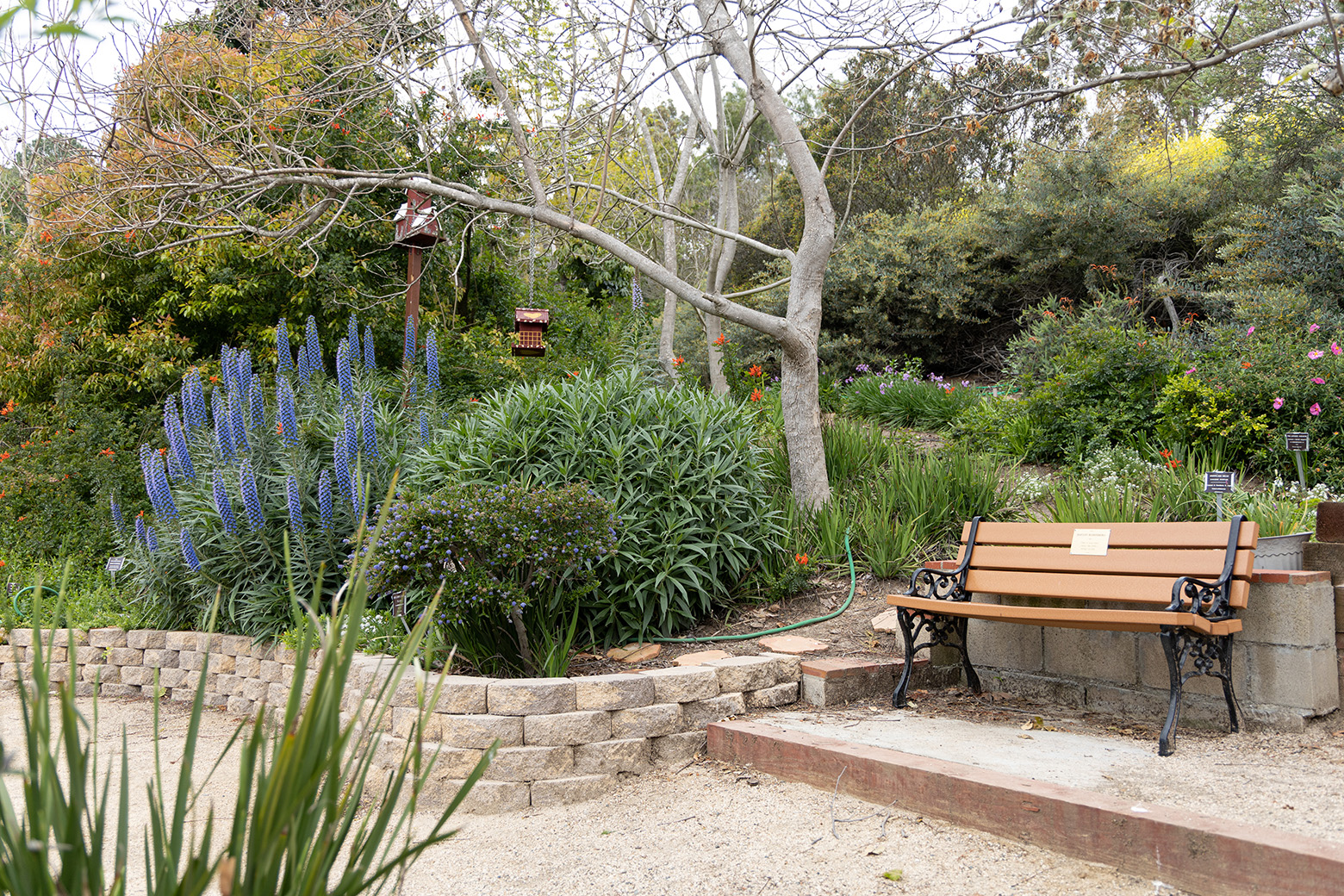

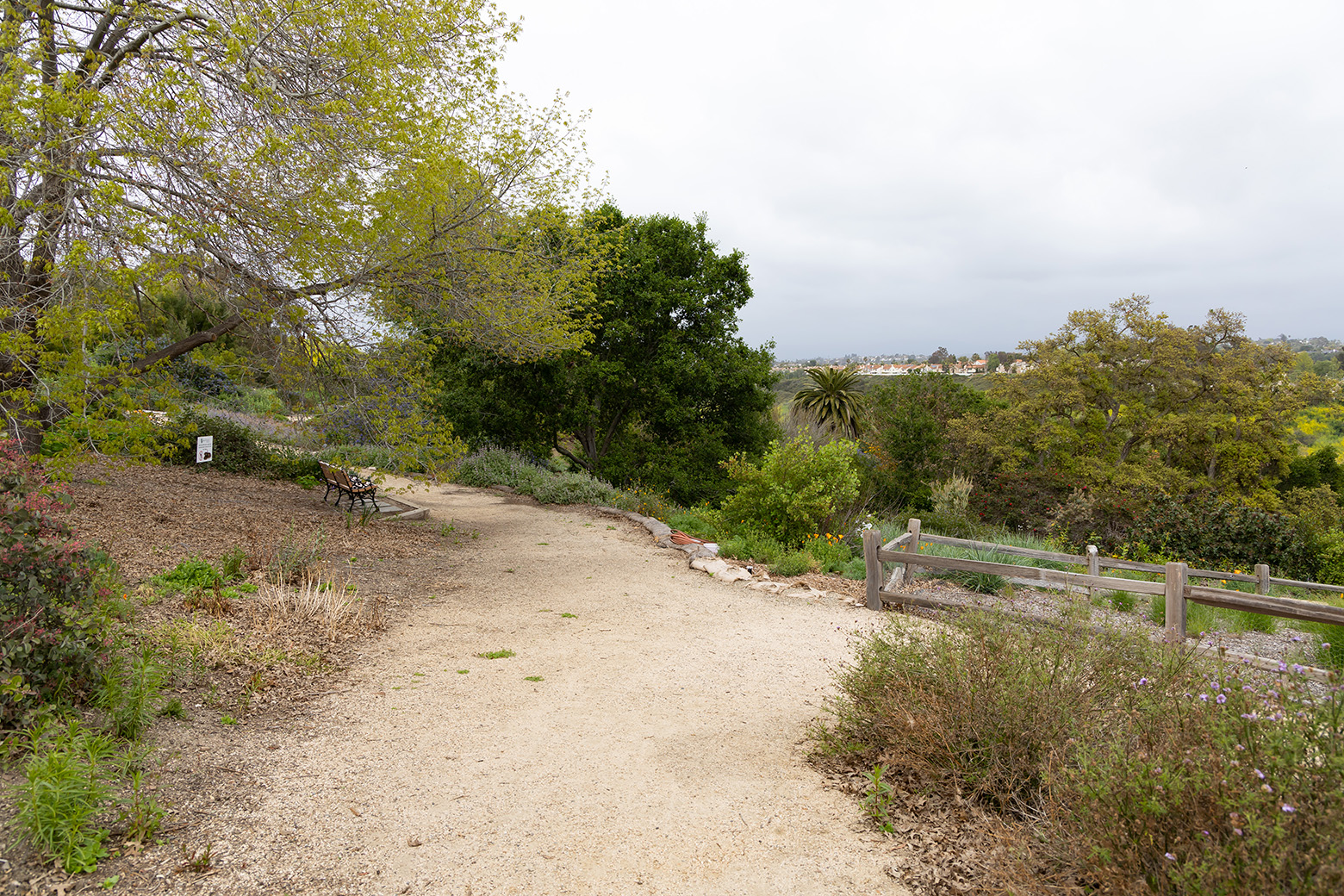
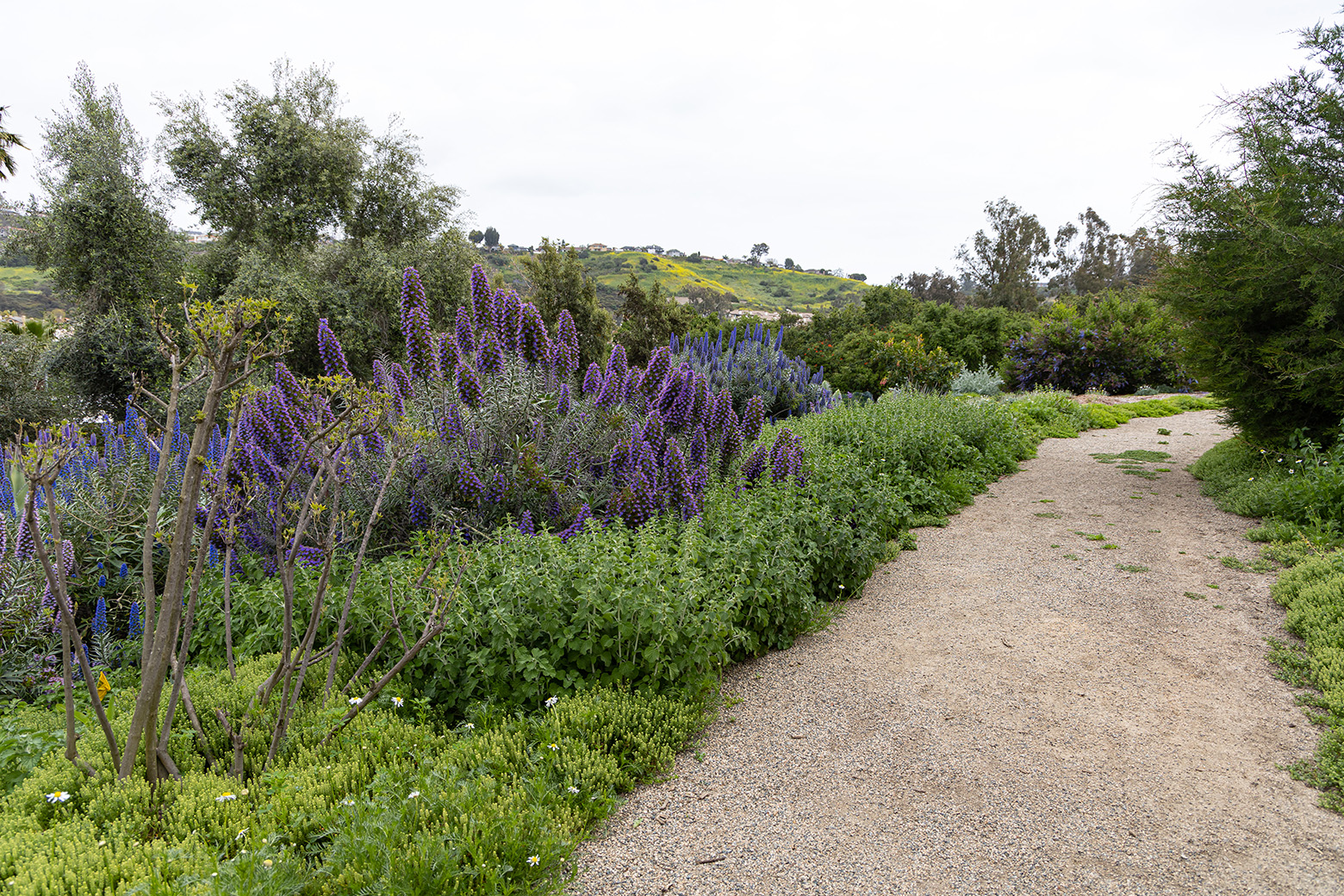
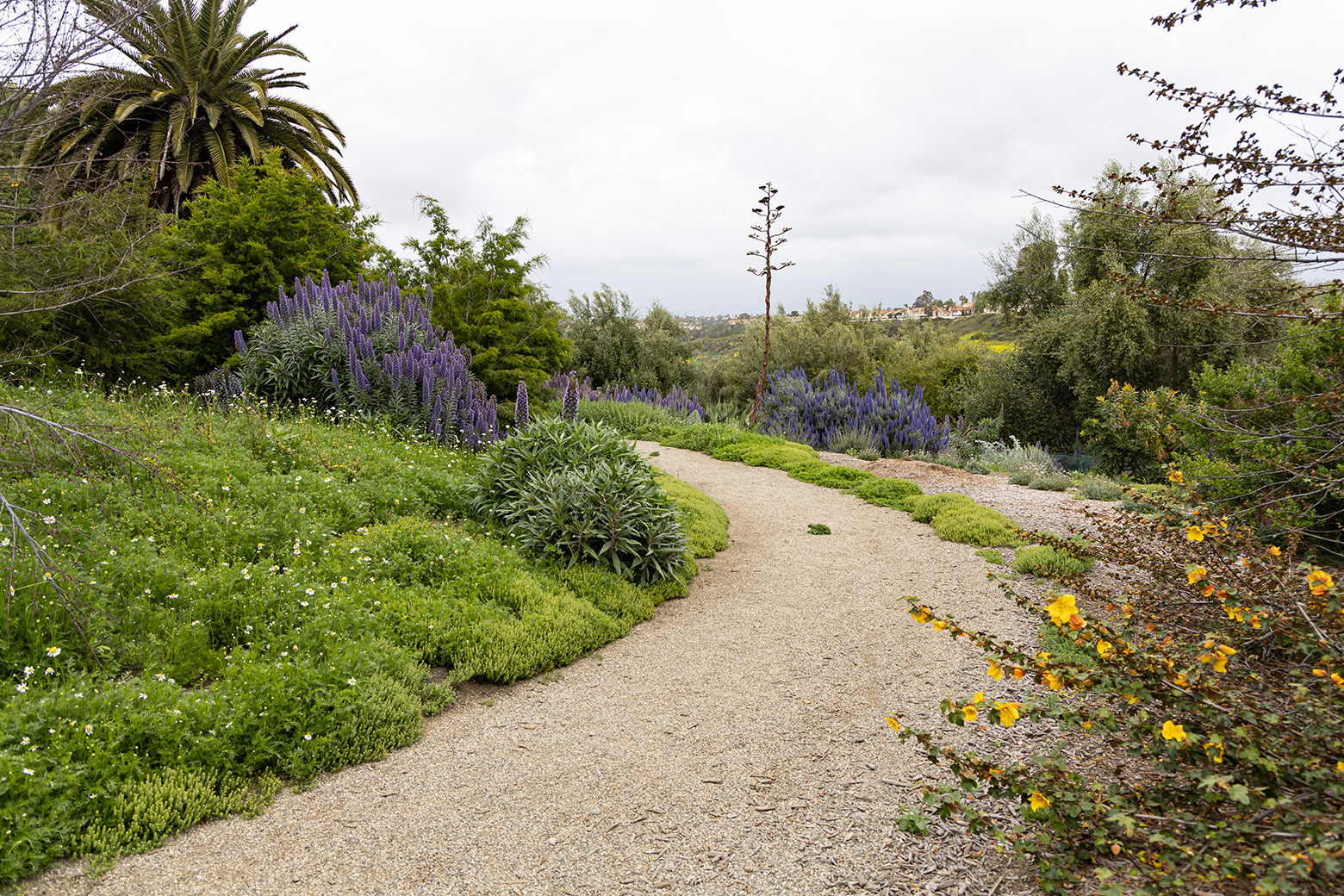
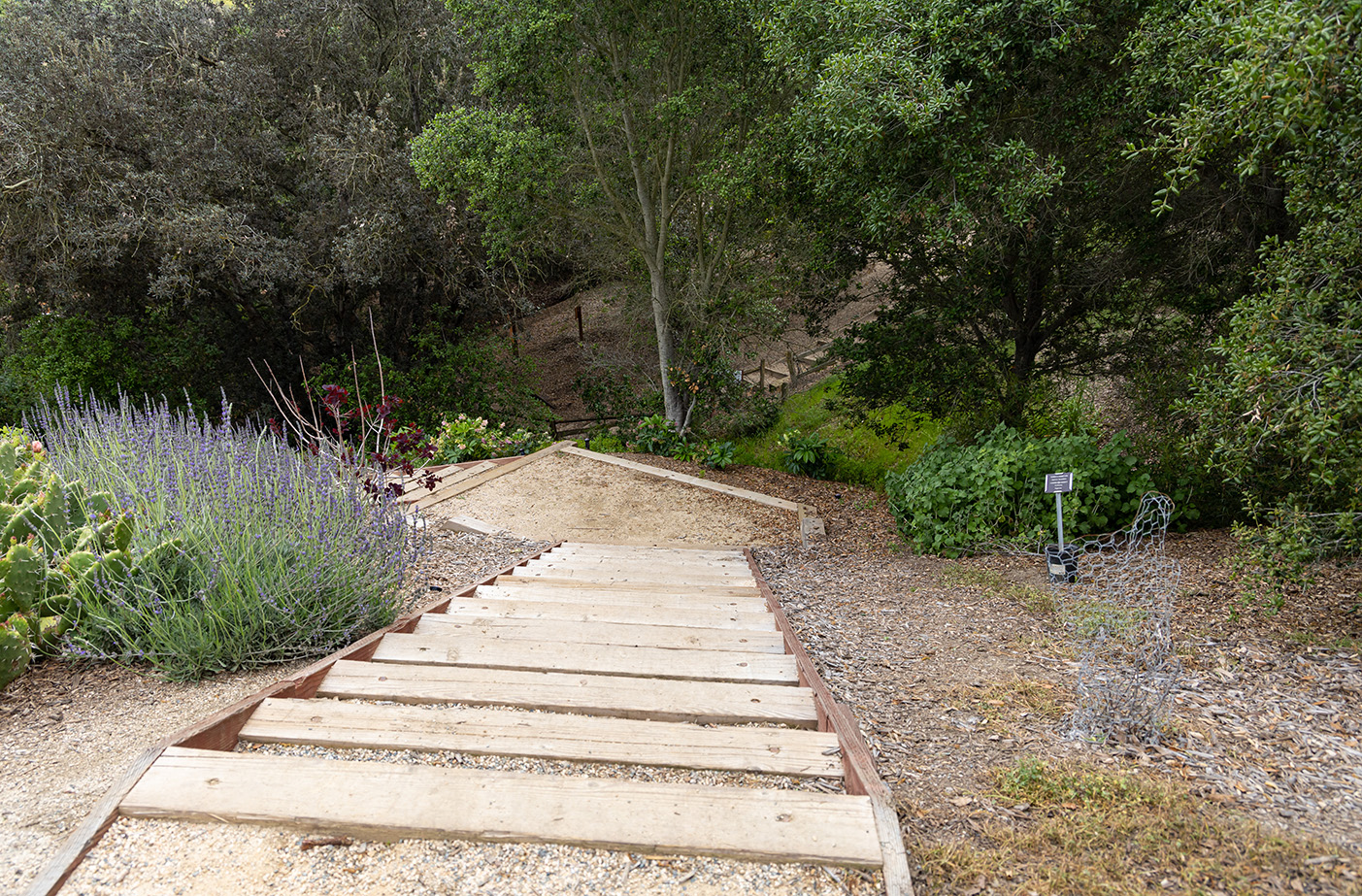
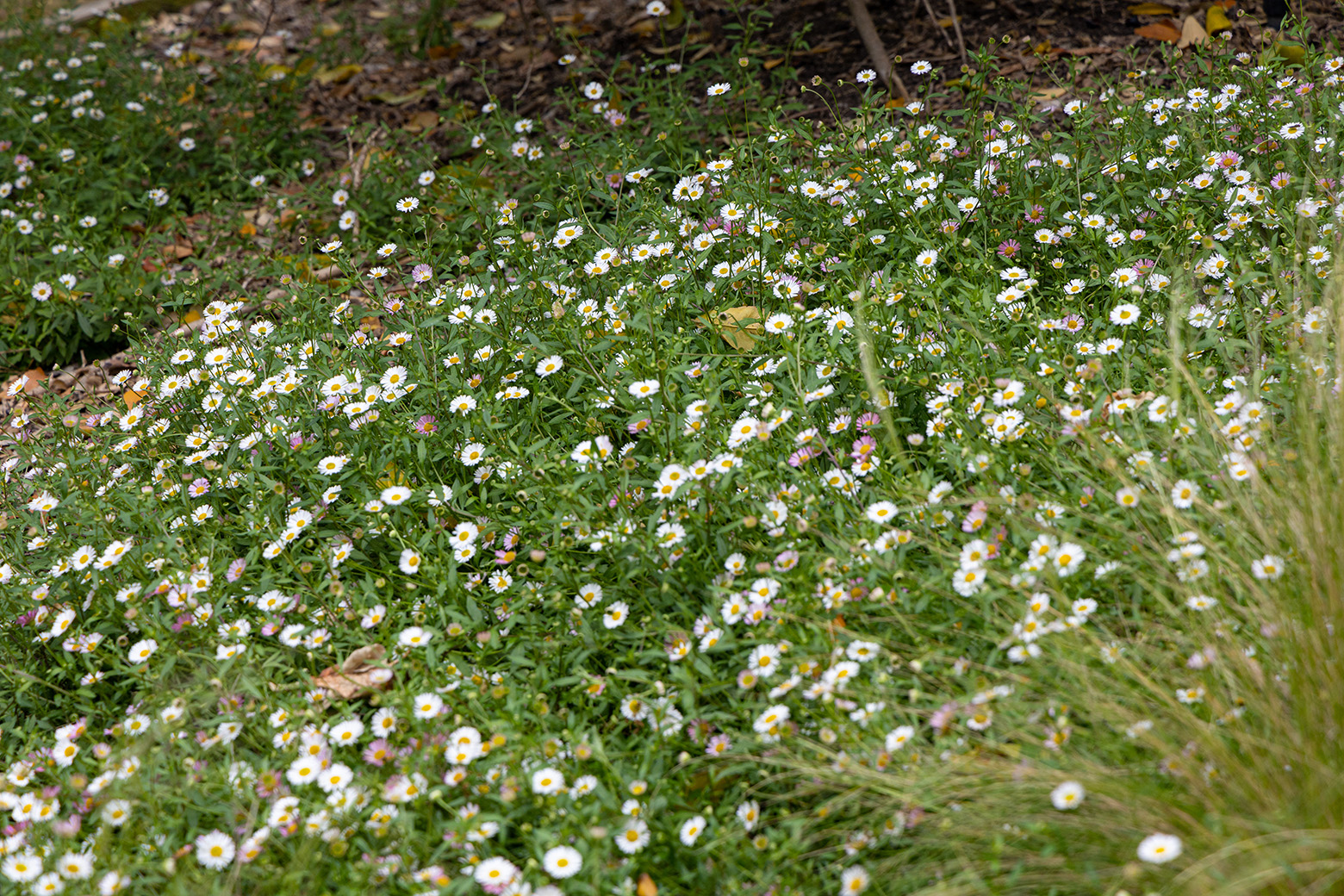
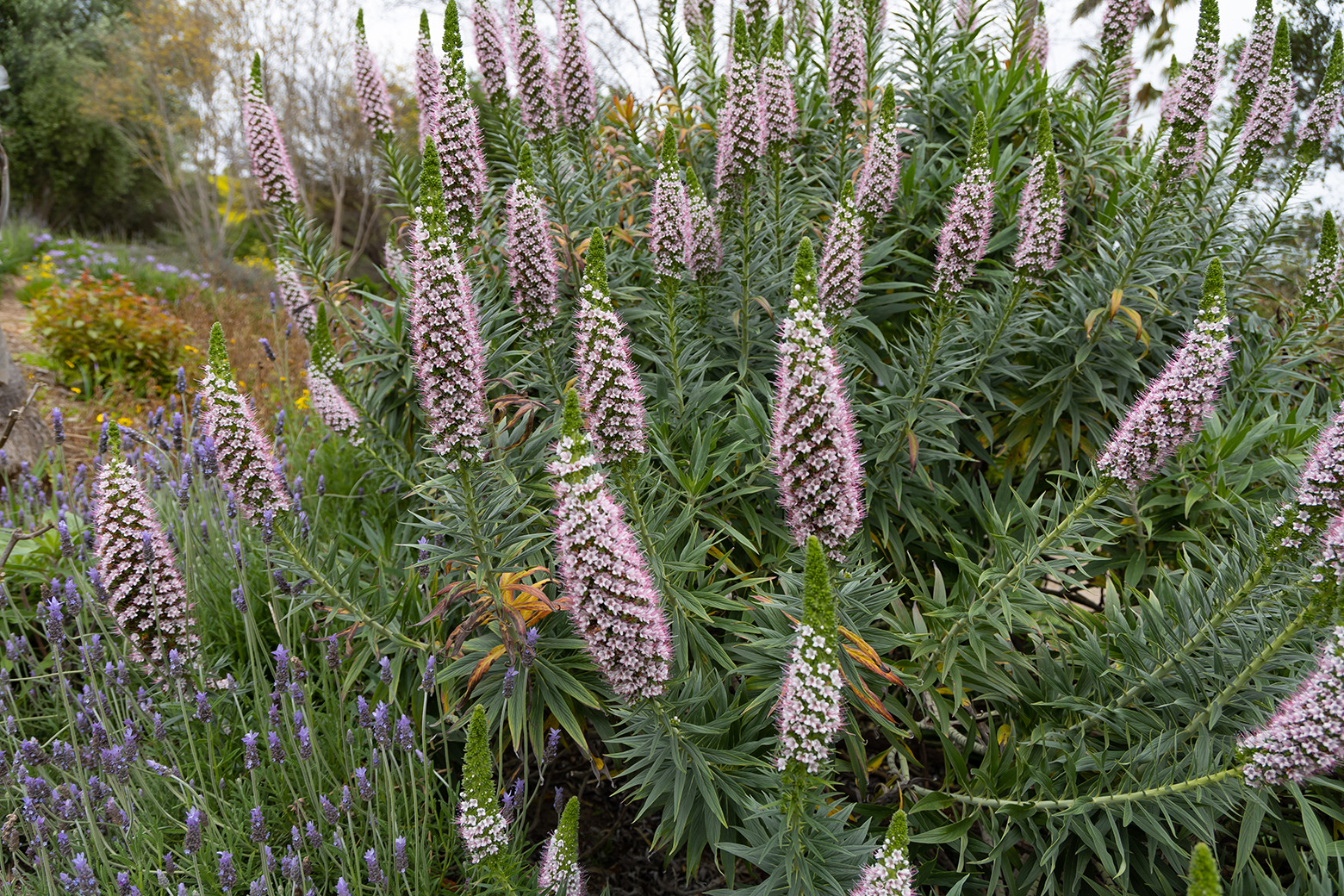
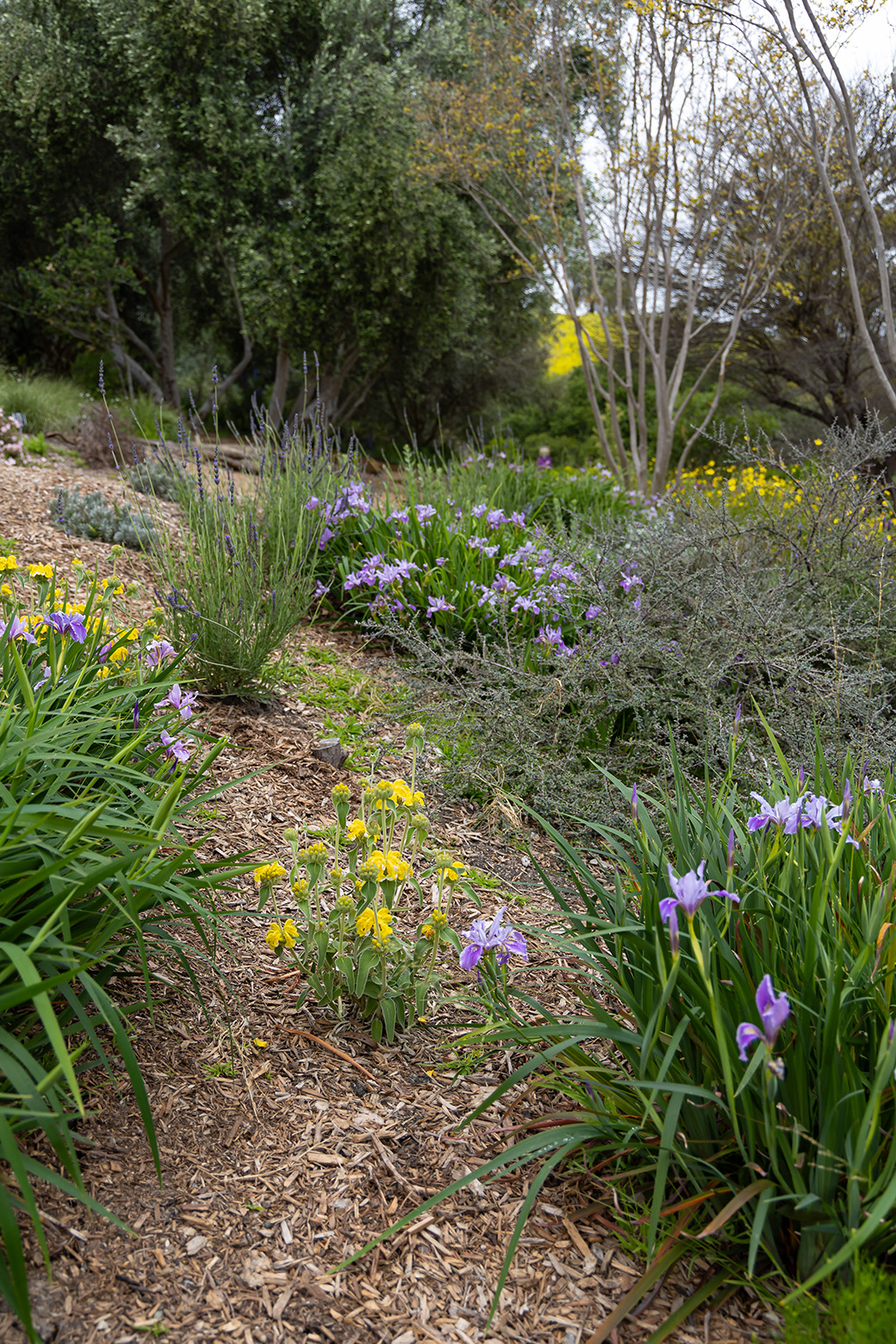

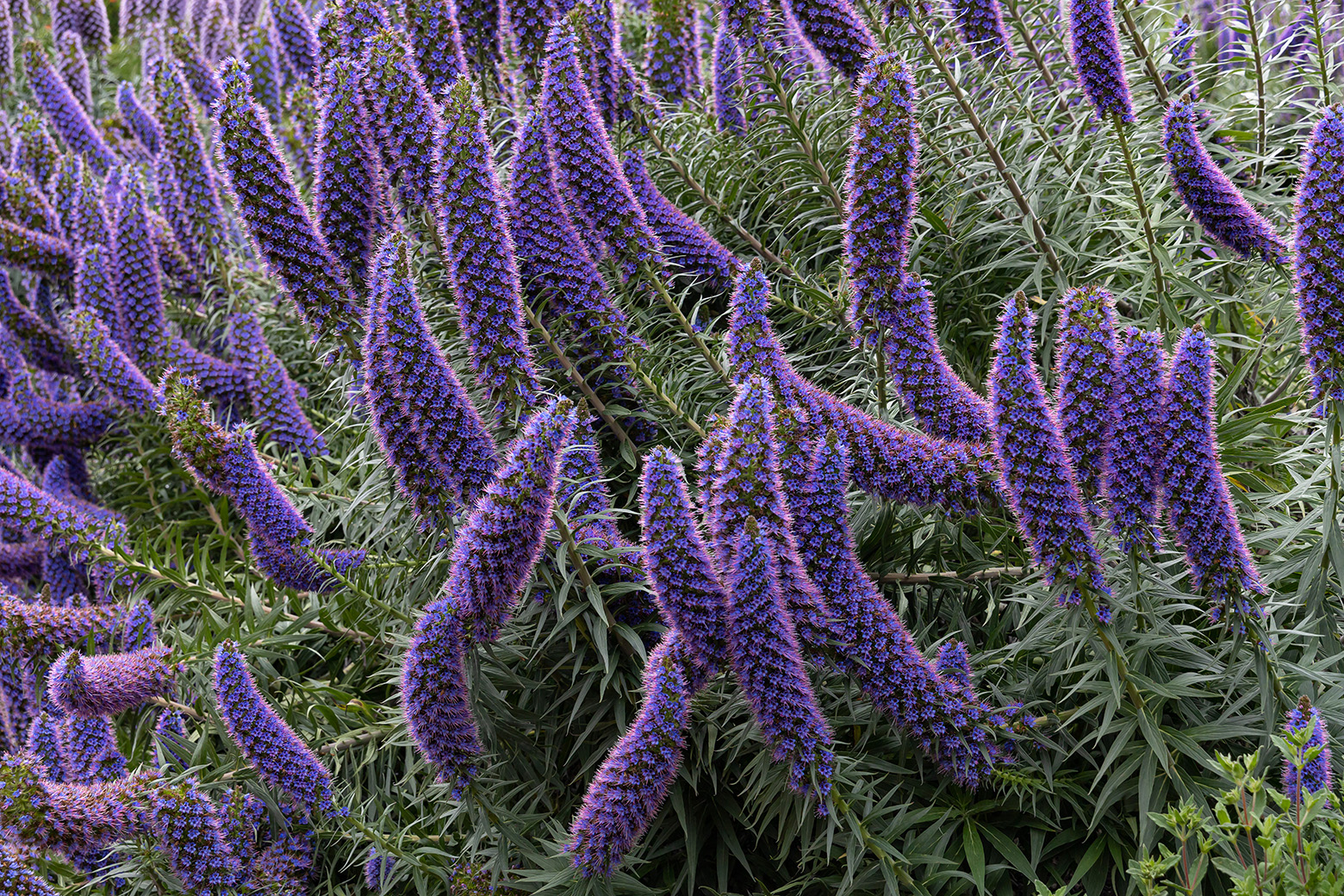
Discover more from SNAP TASTE
Subscribe to get the latest posts sent to your email.



